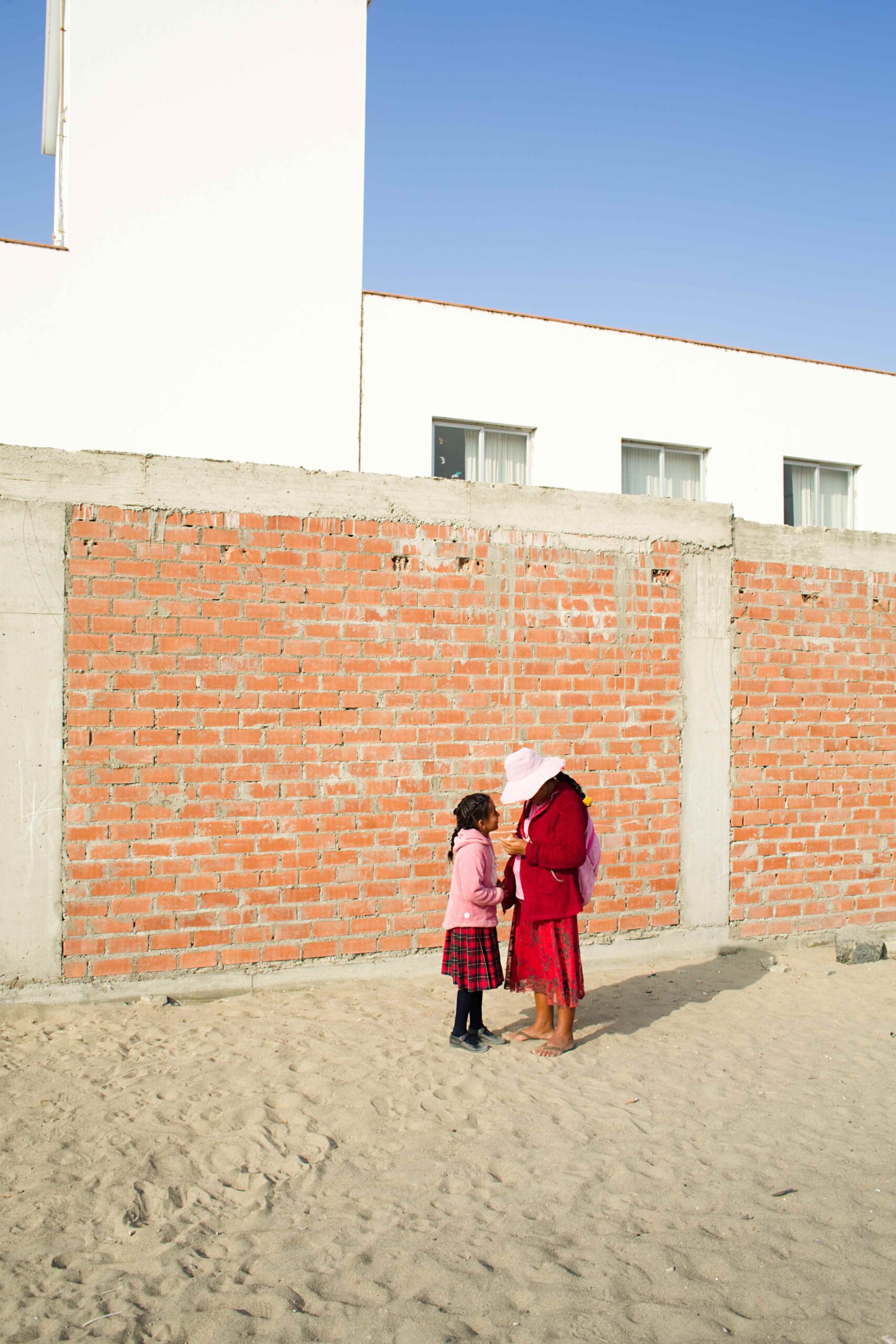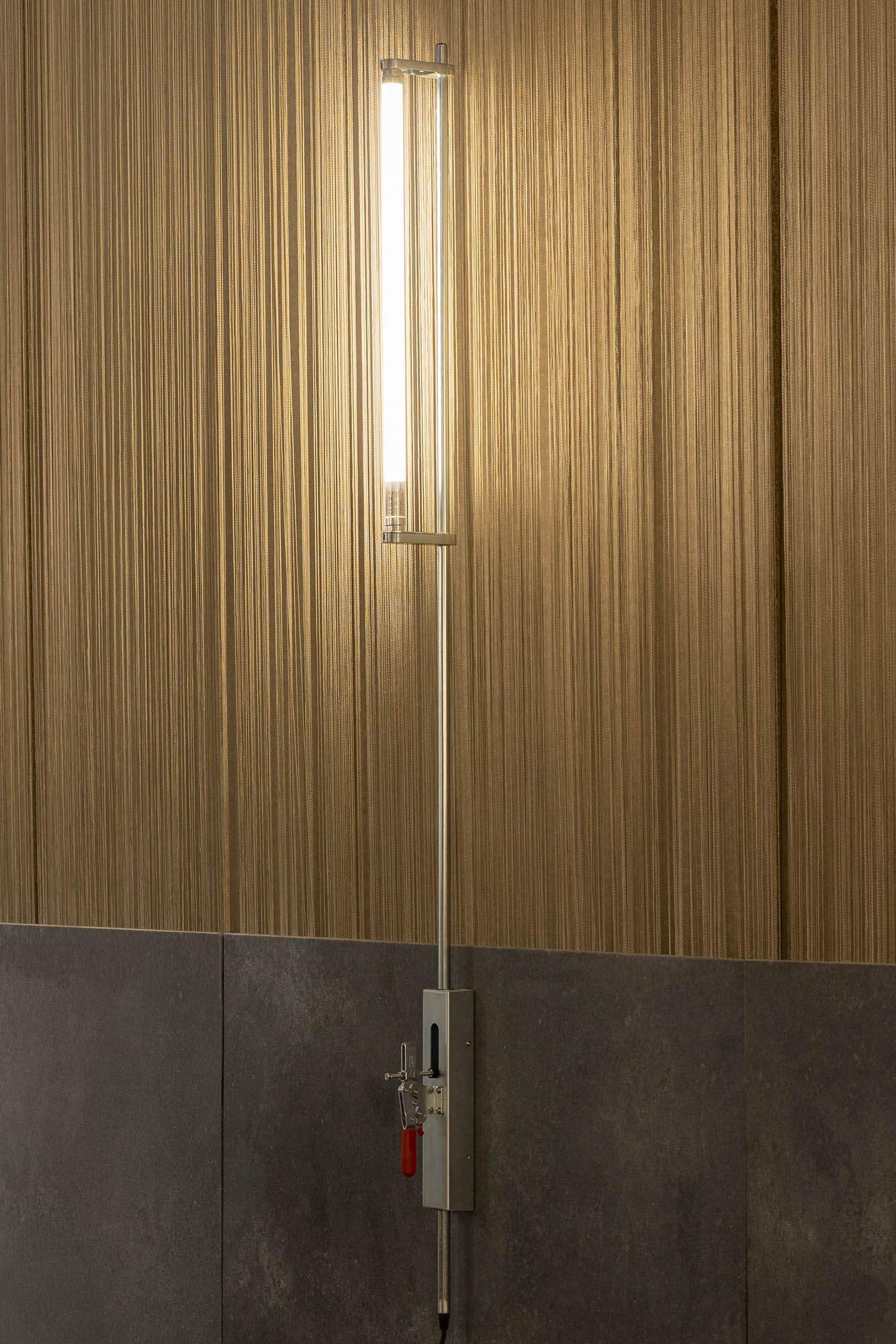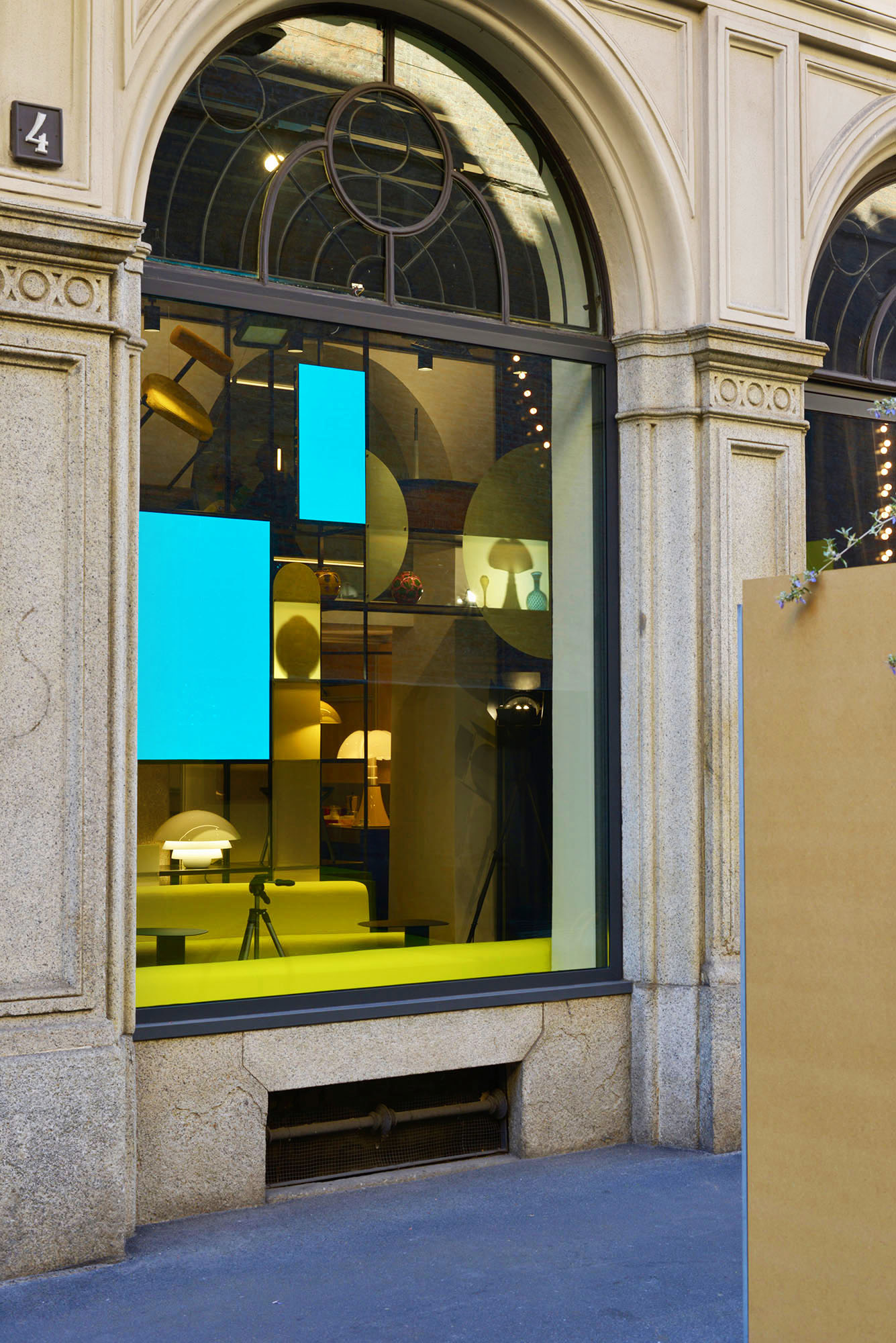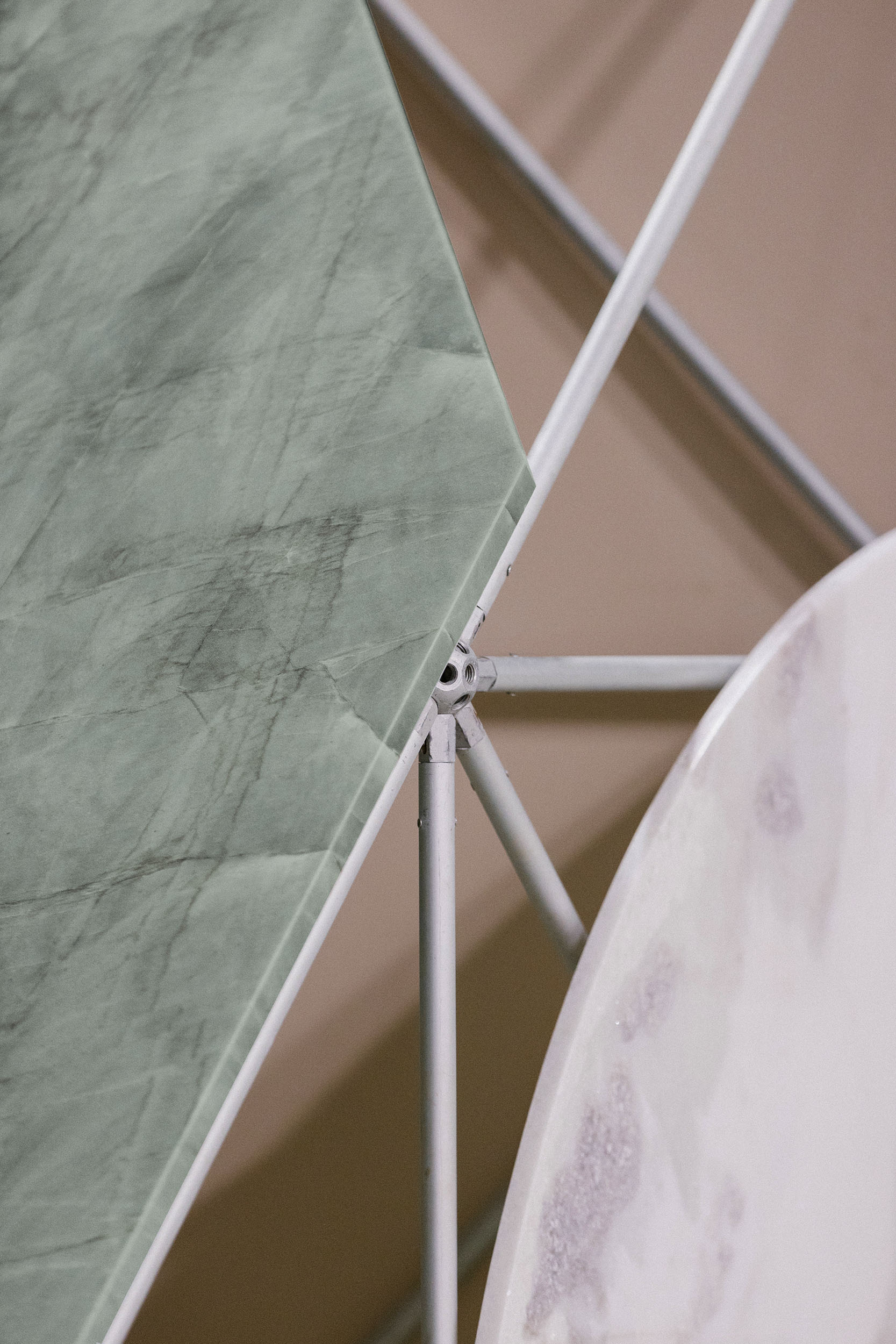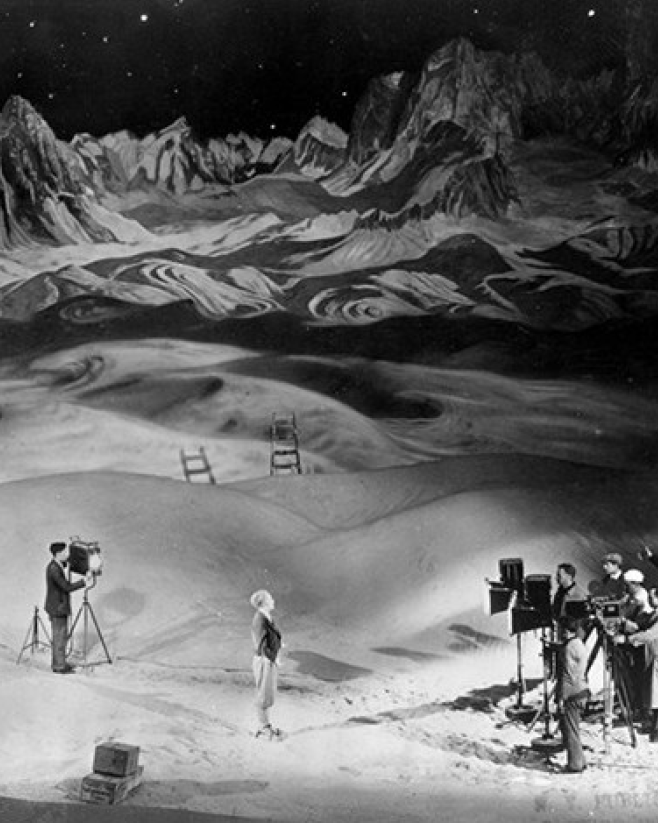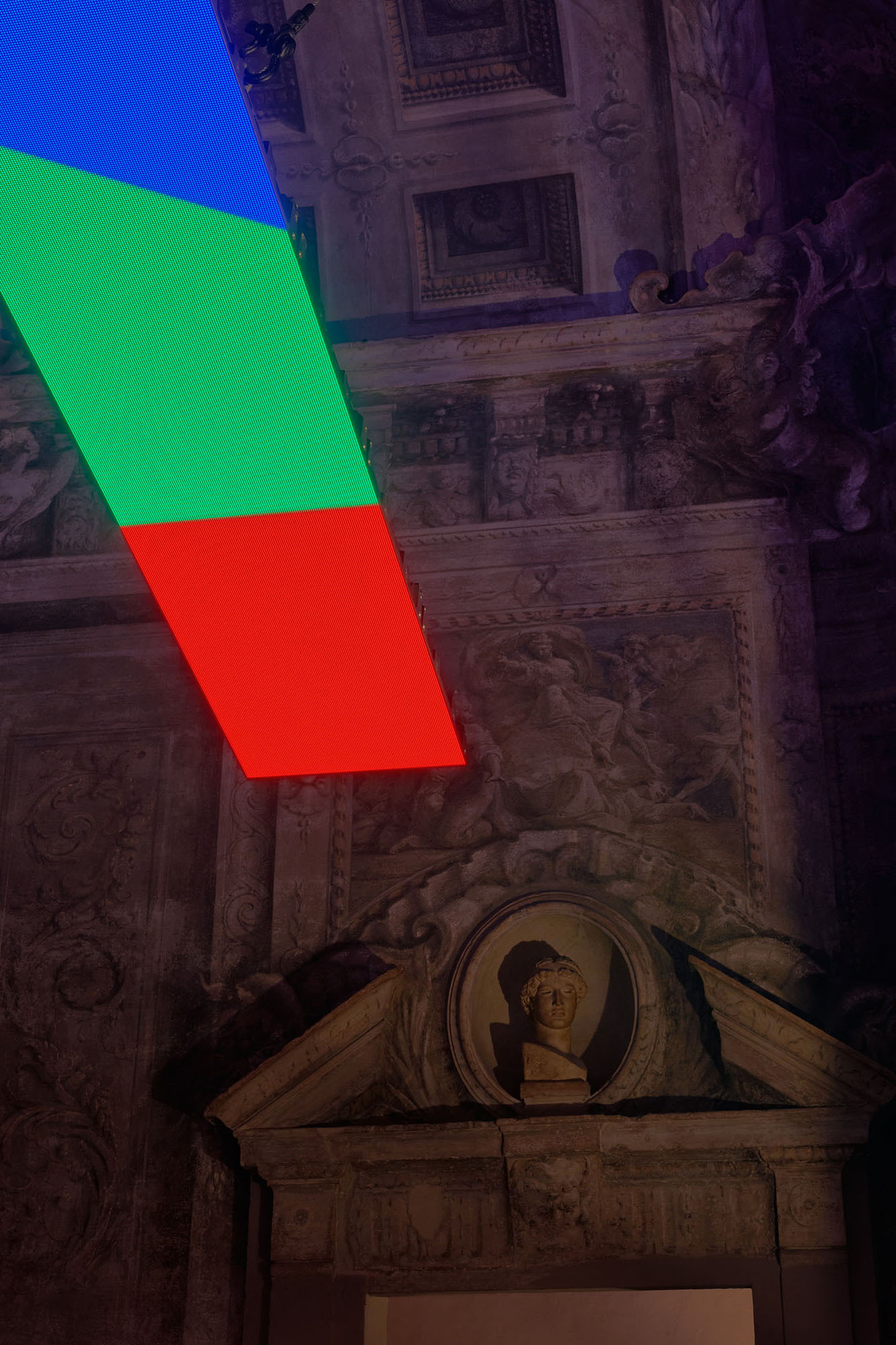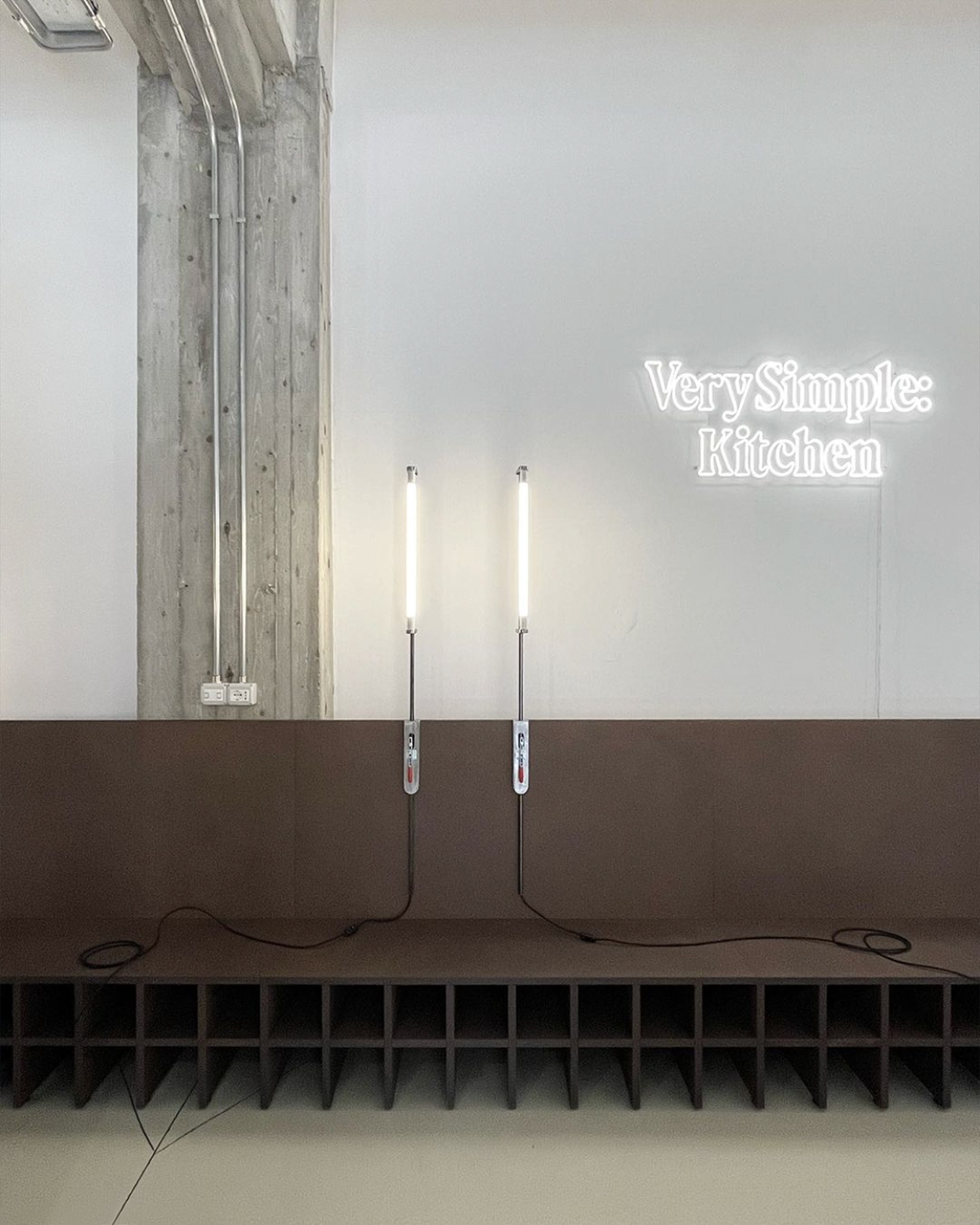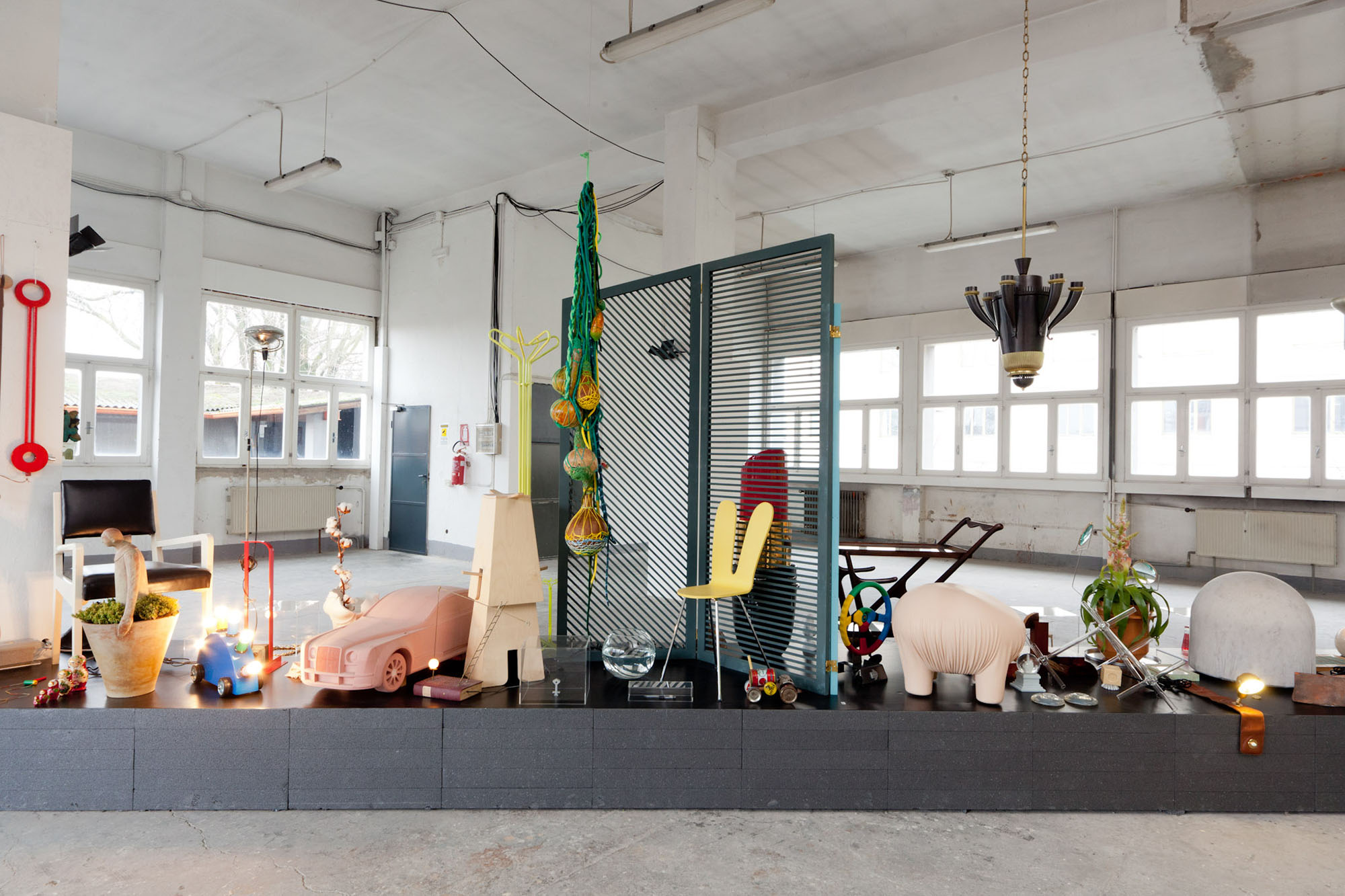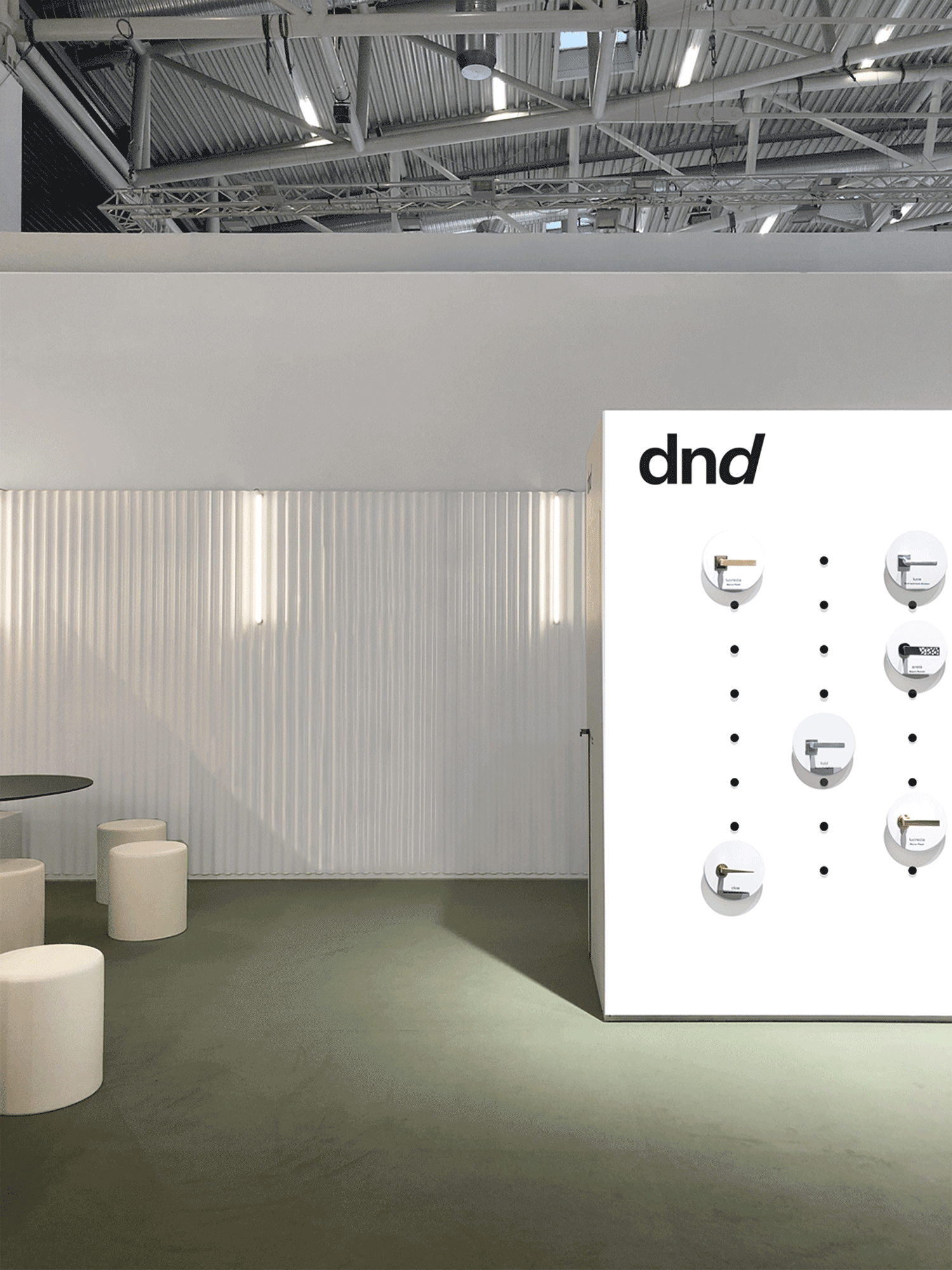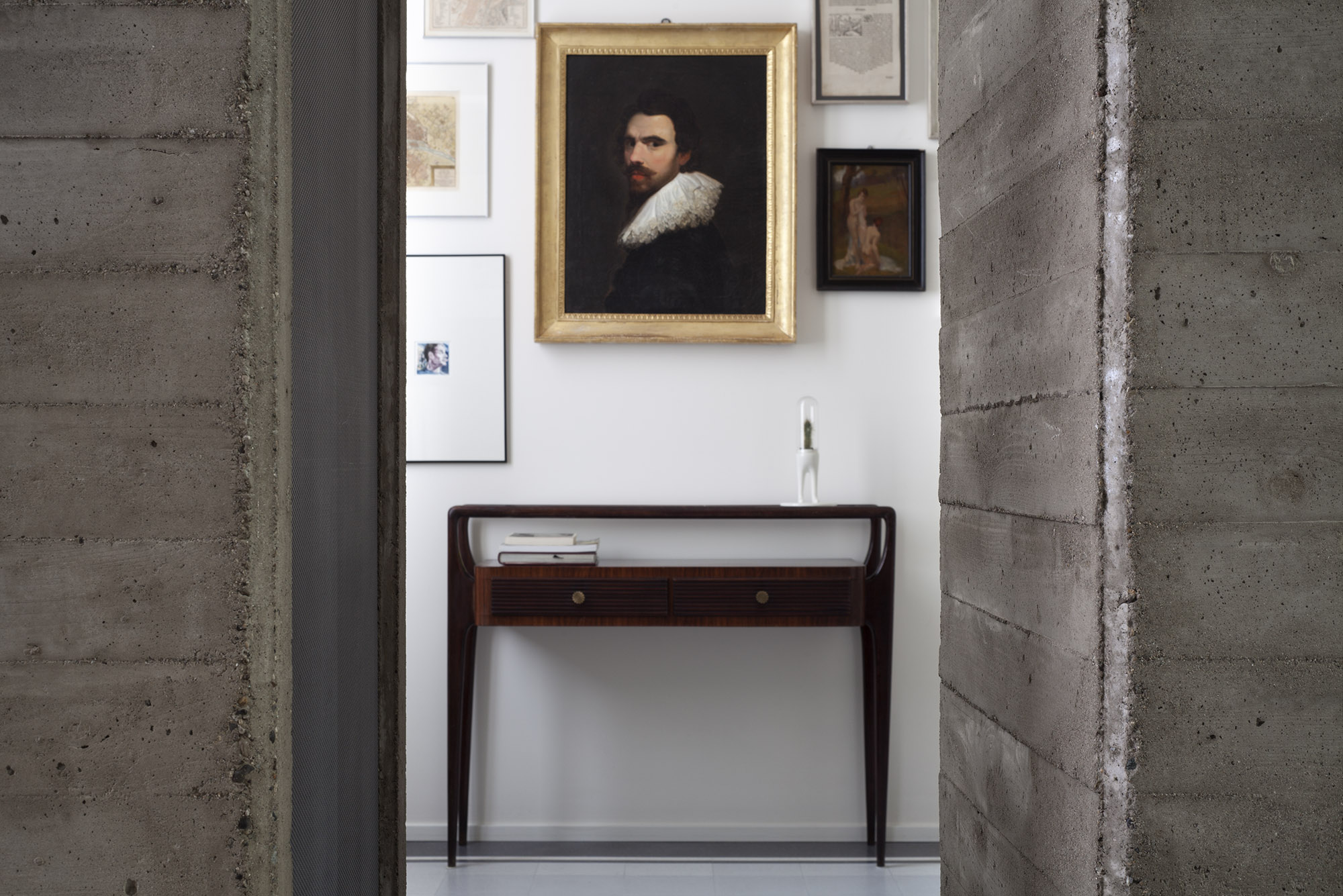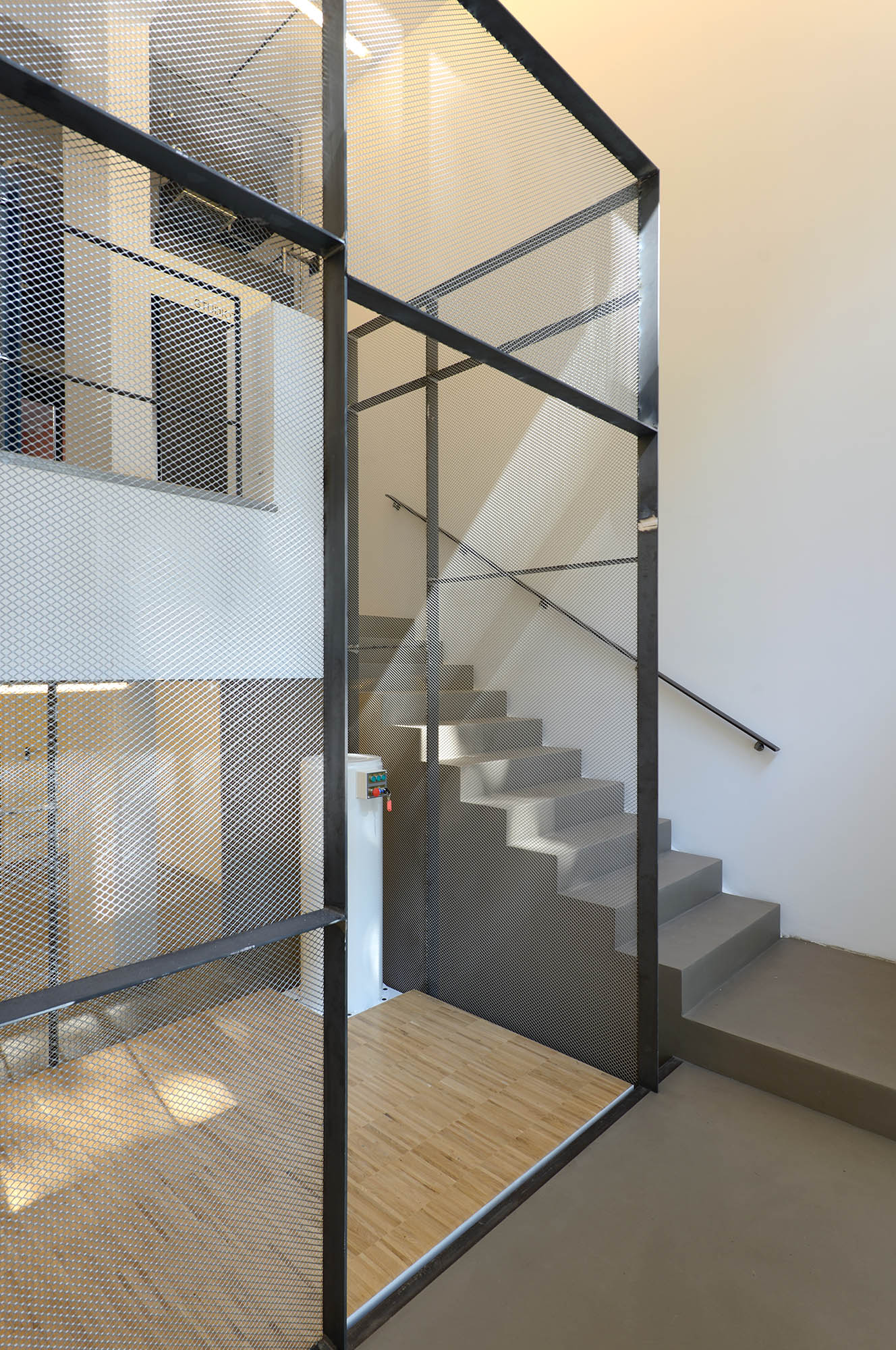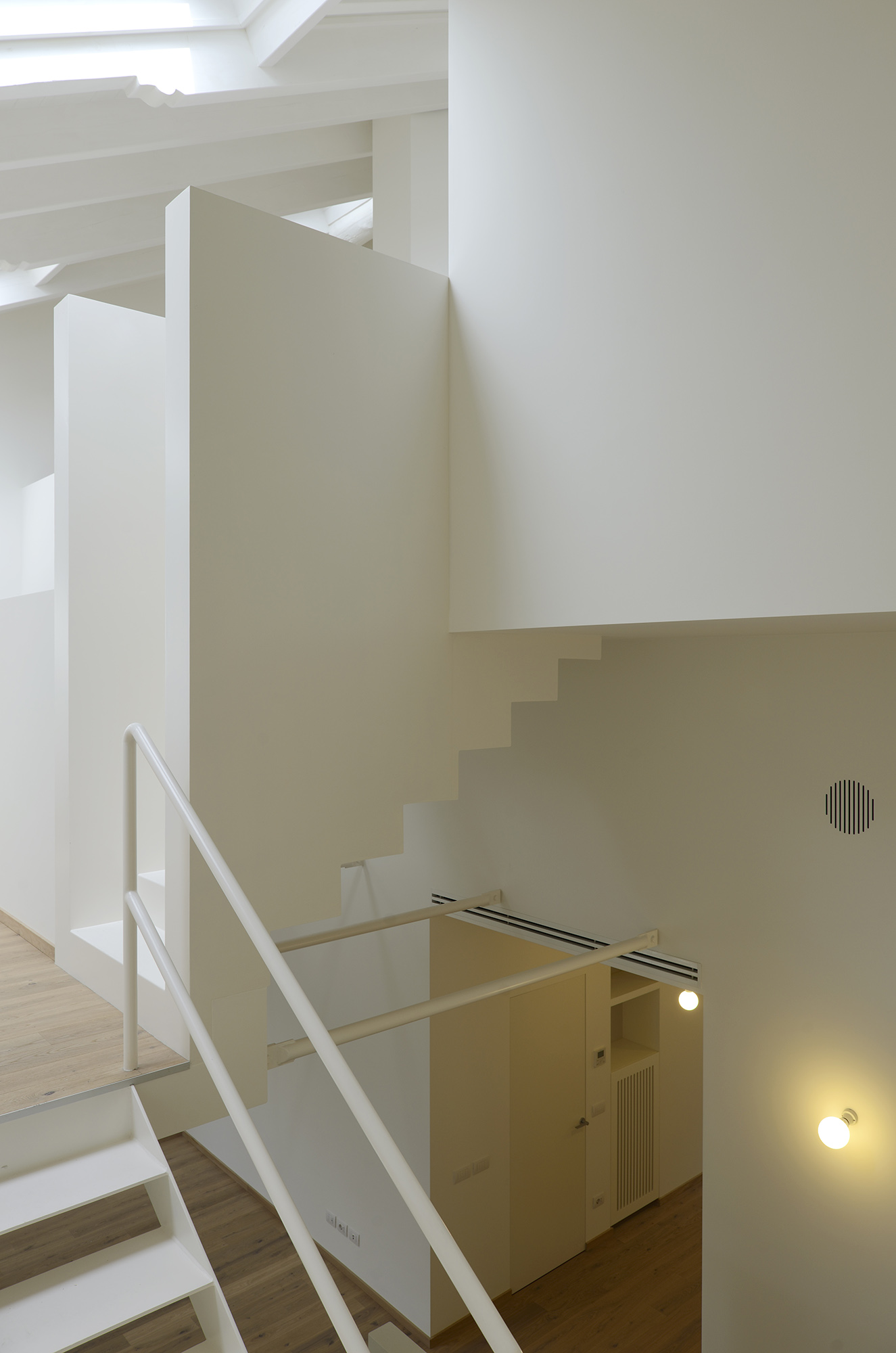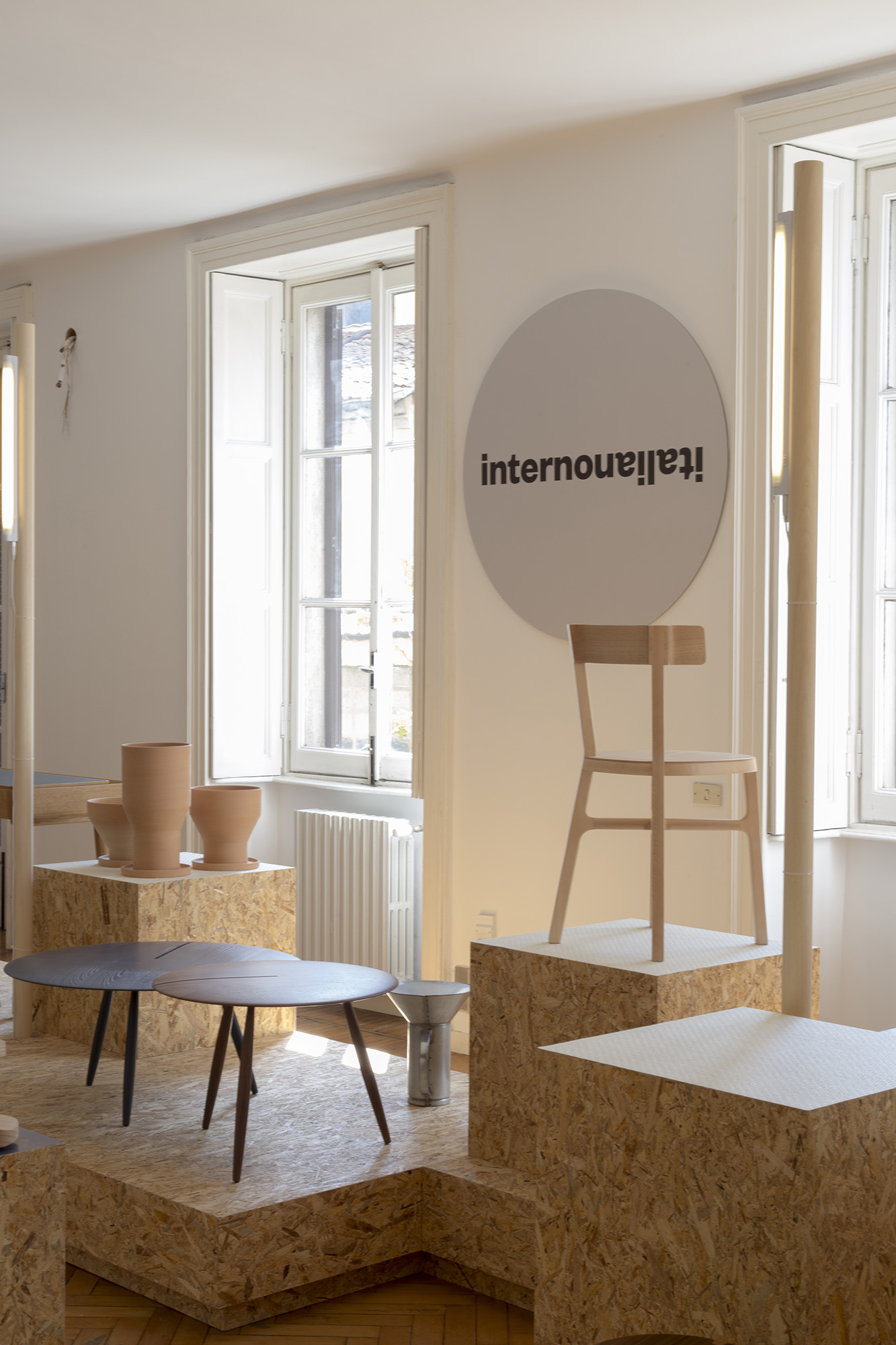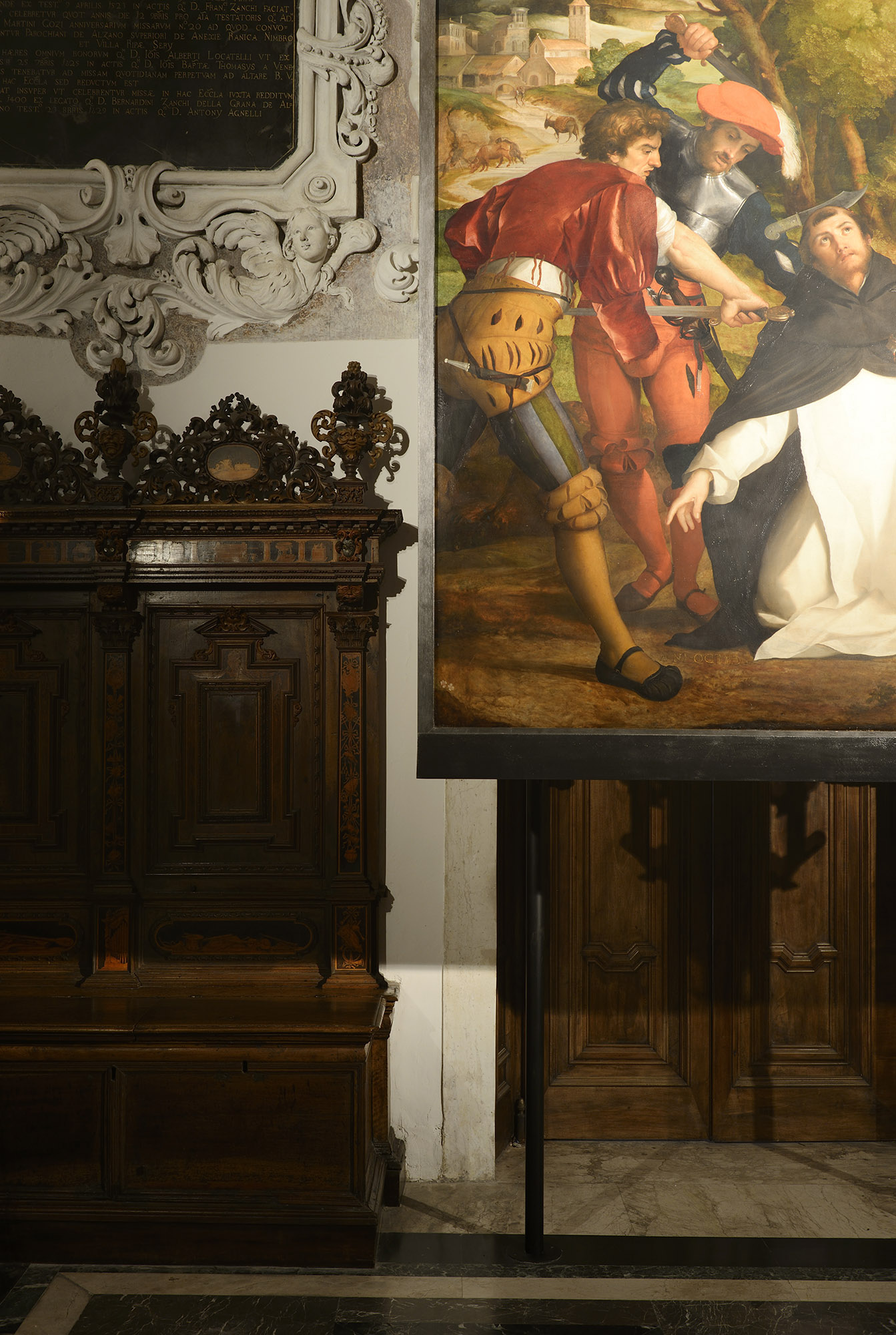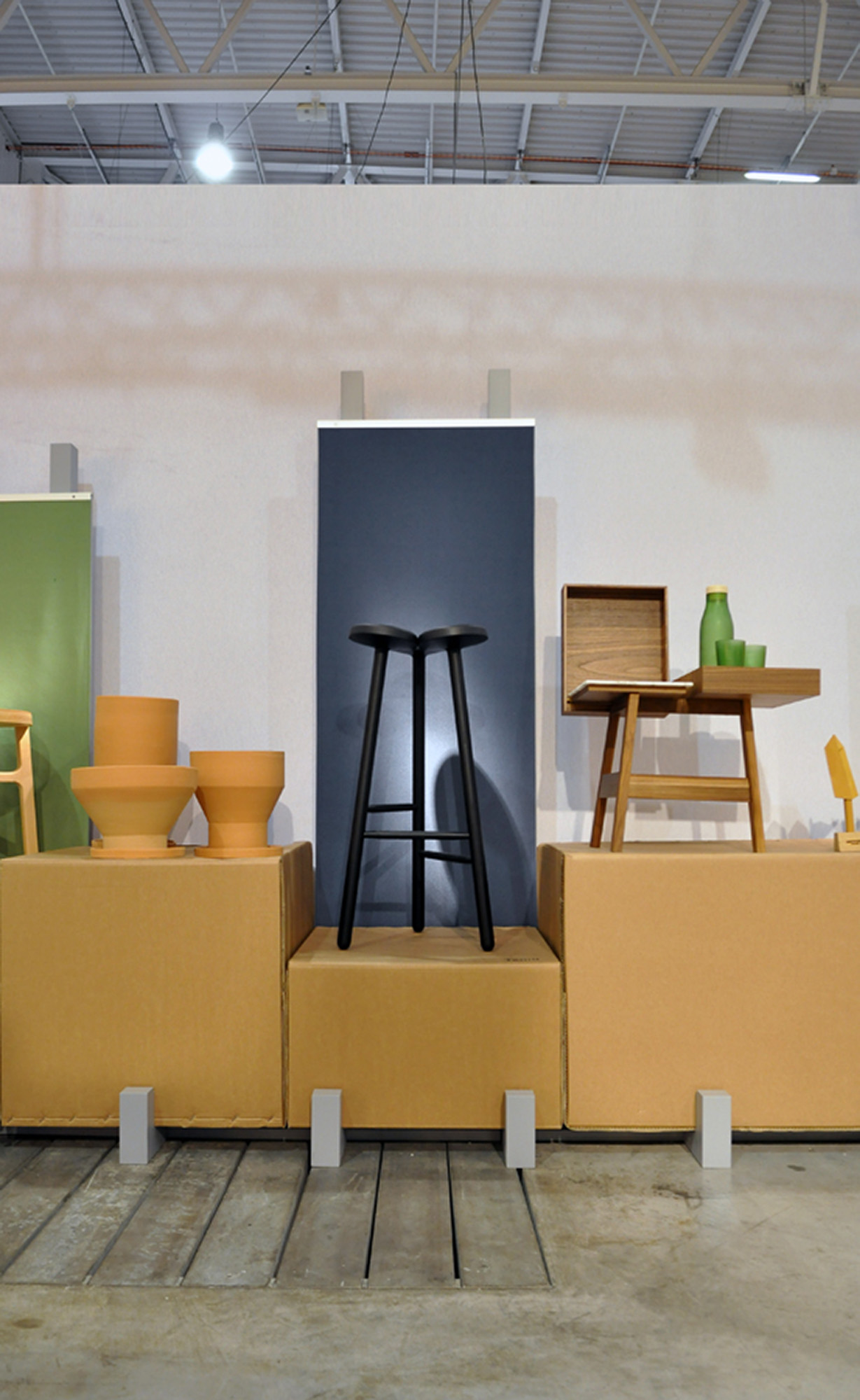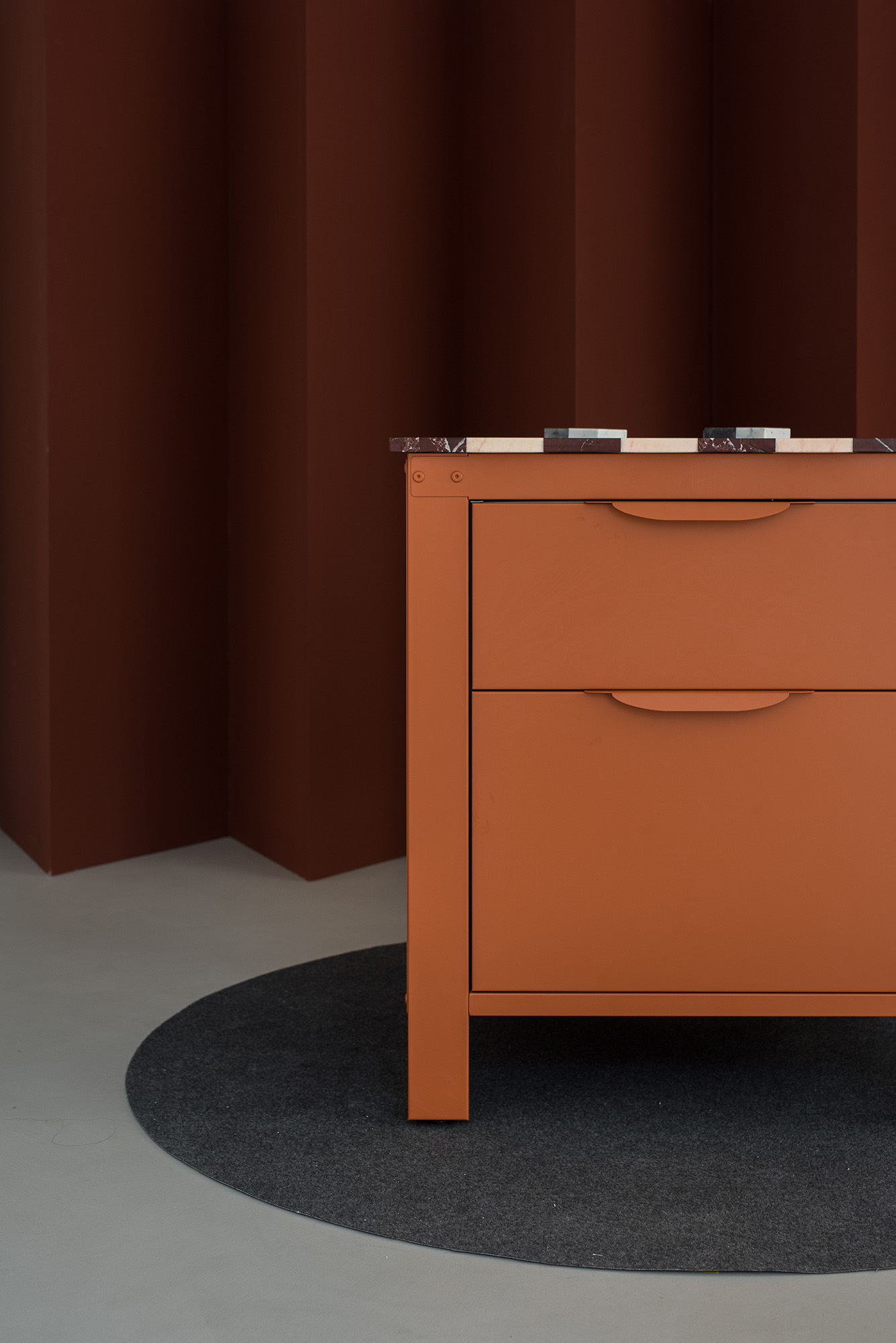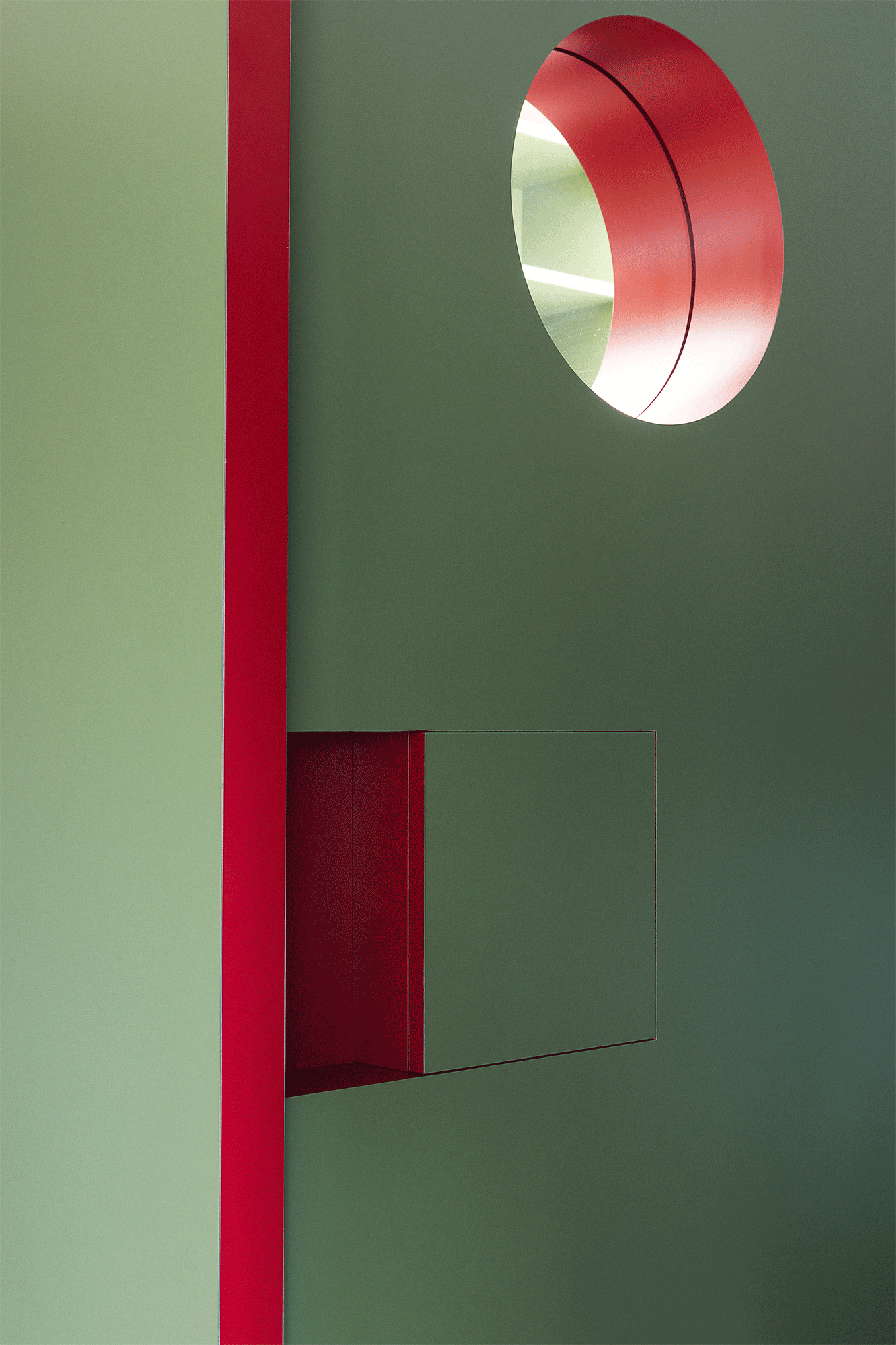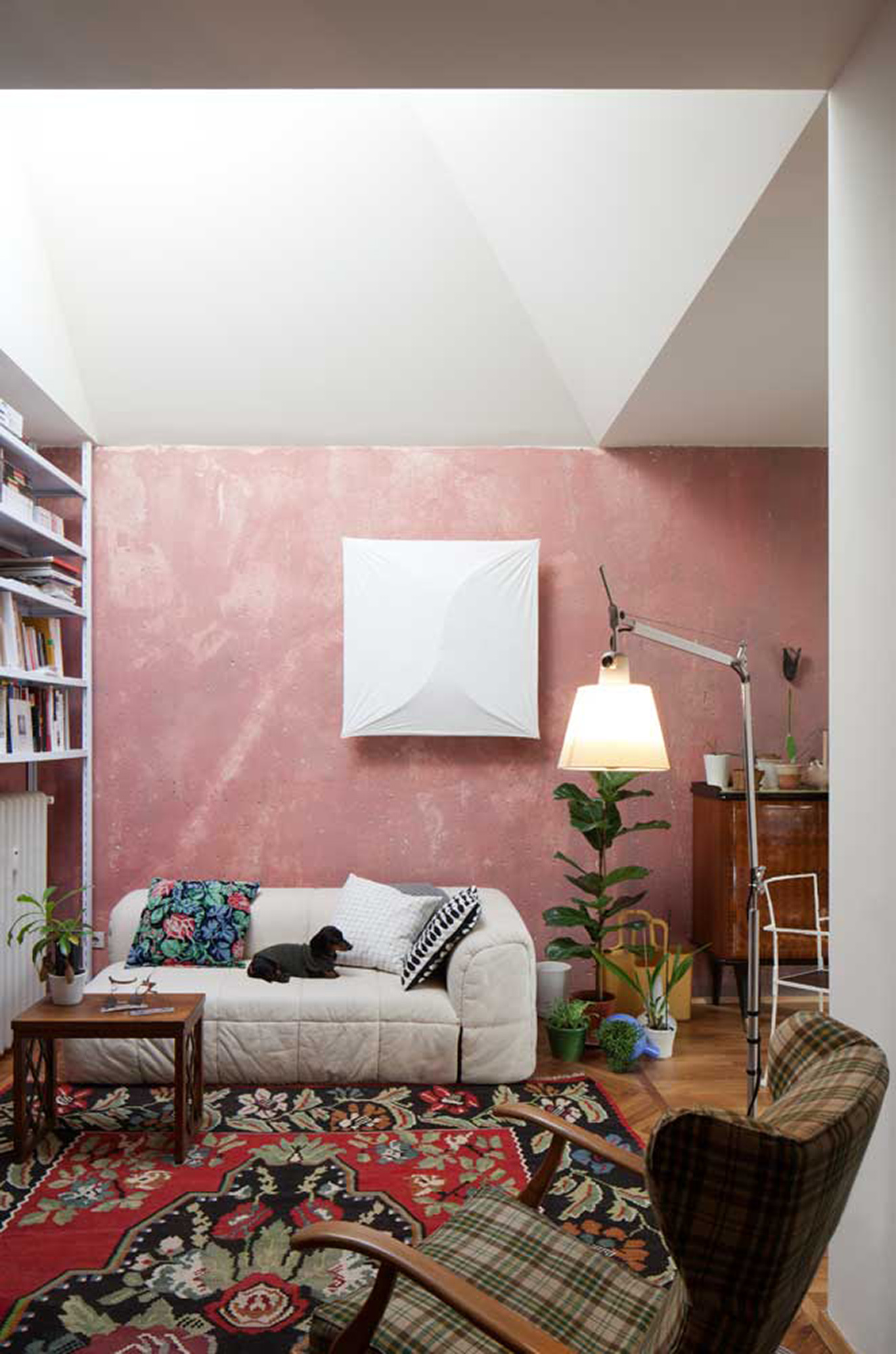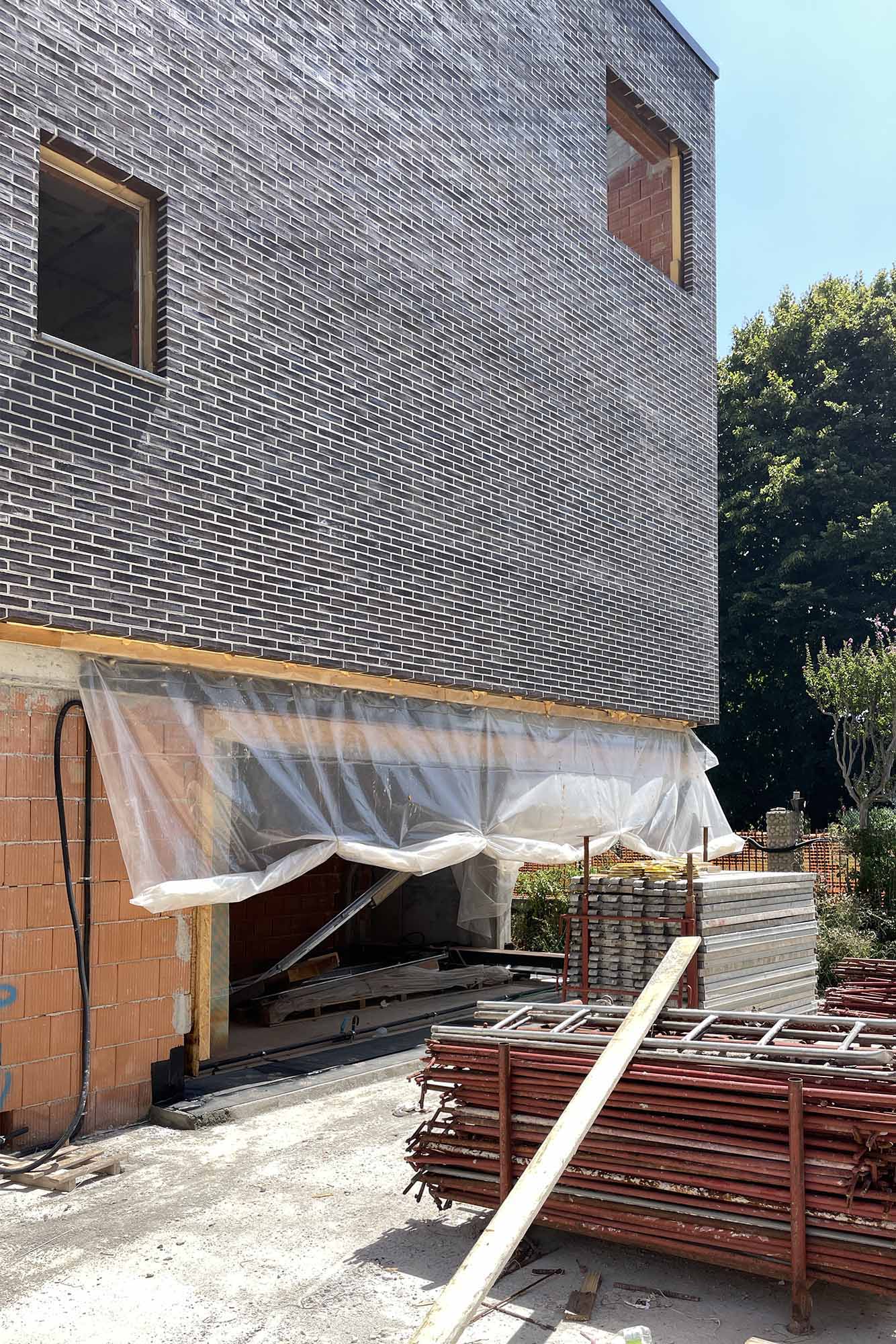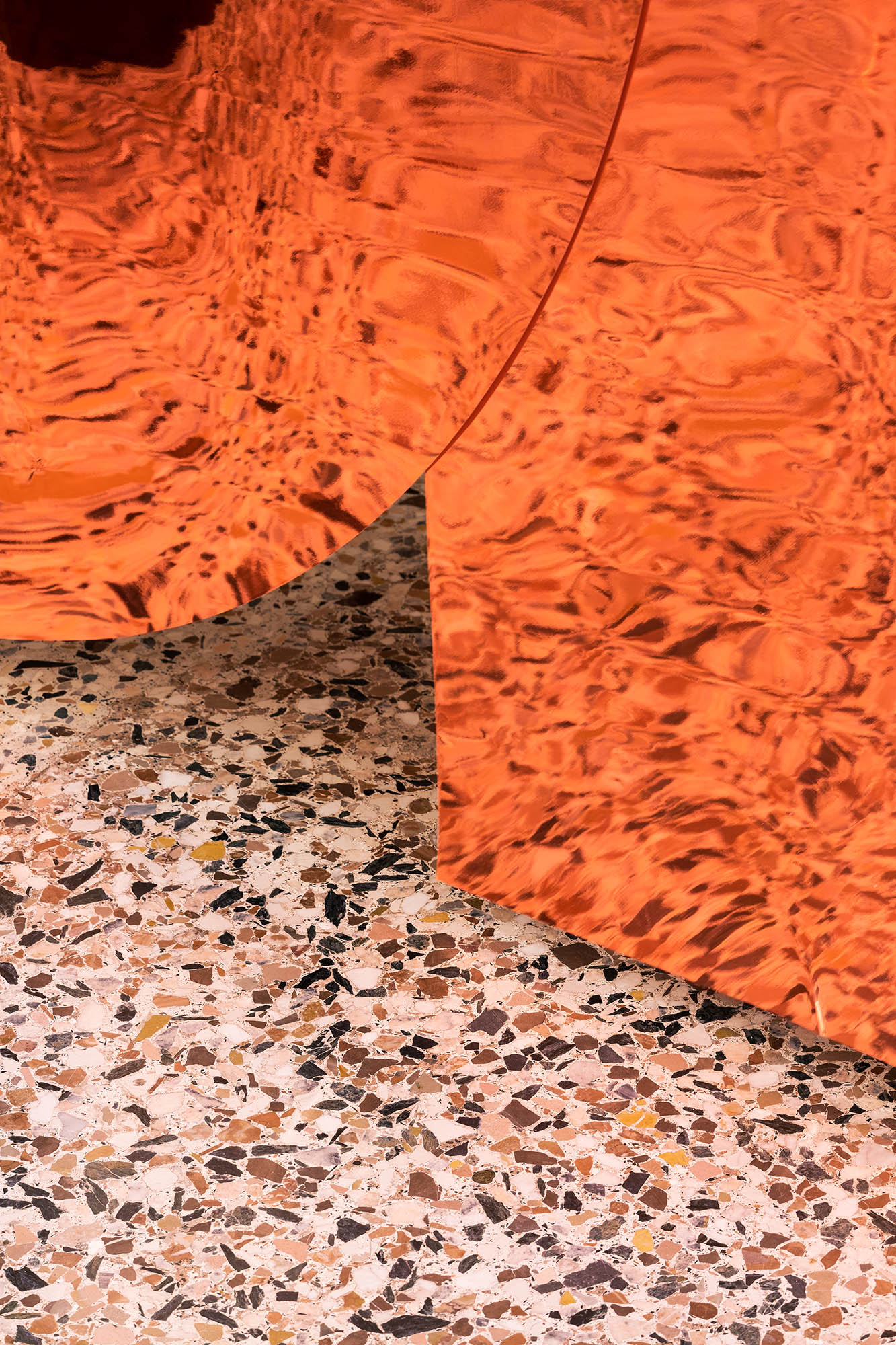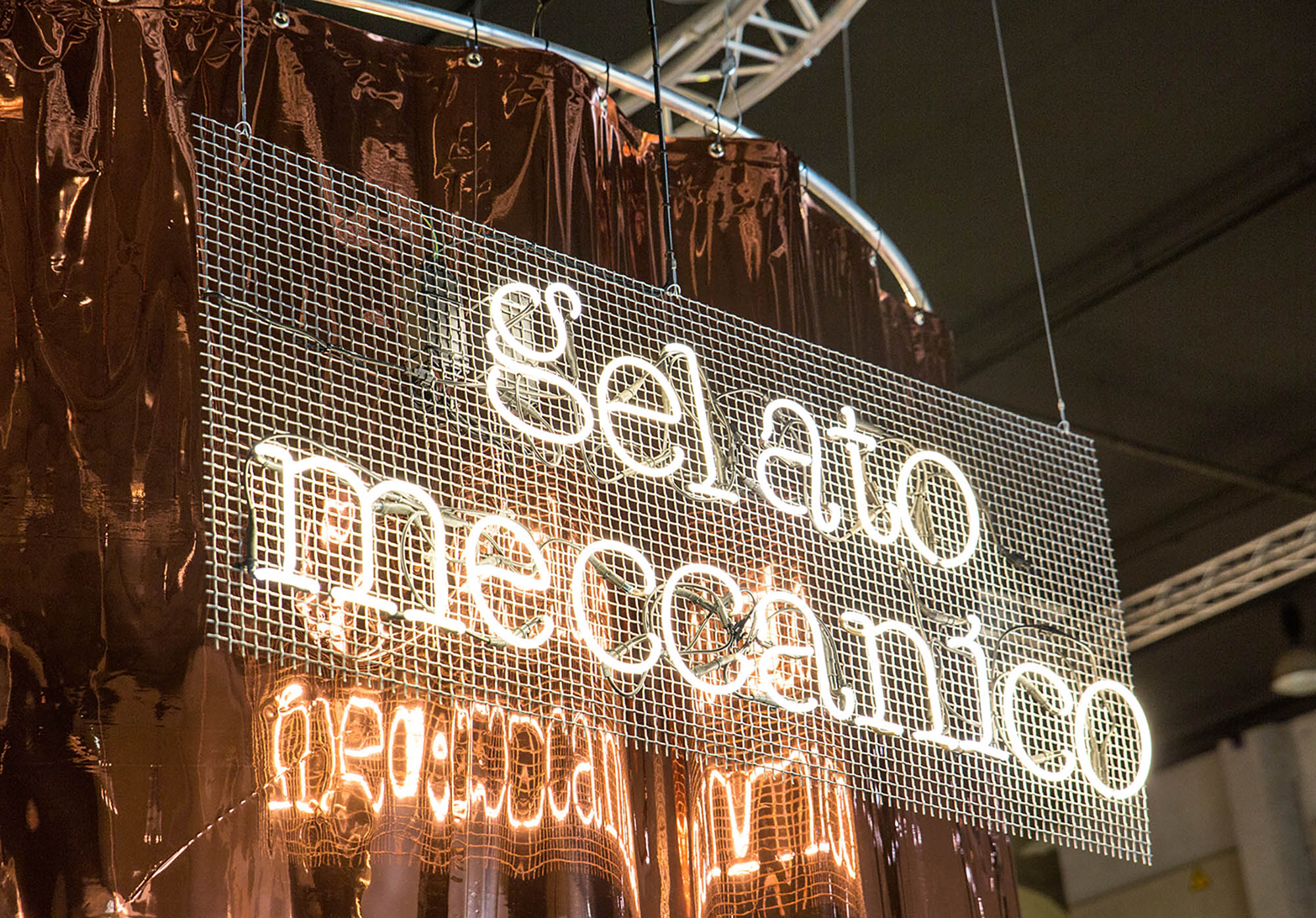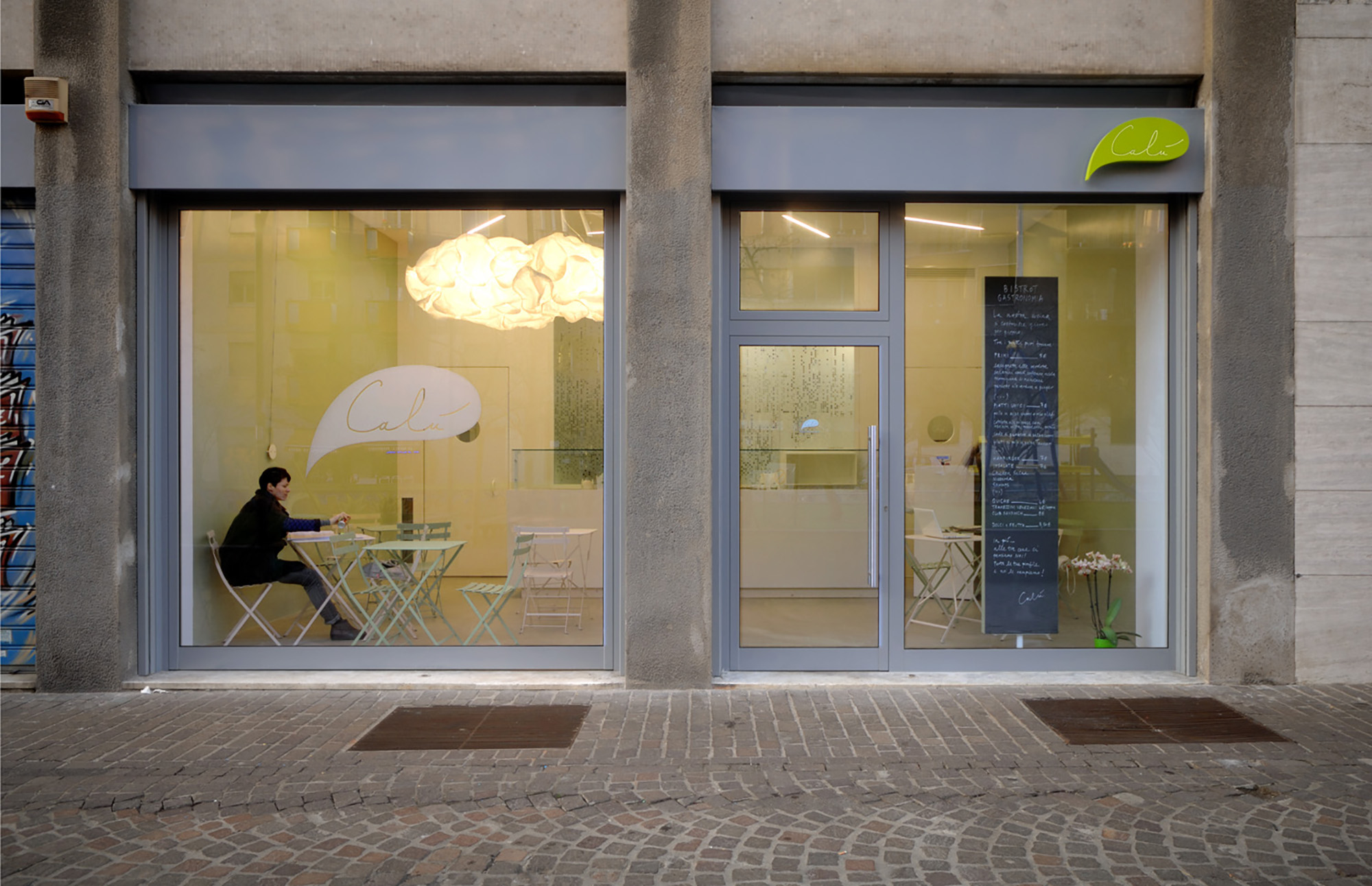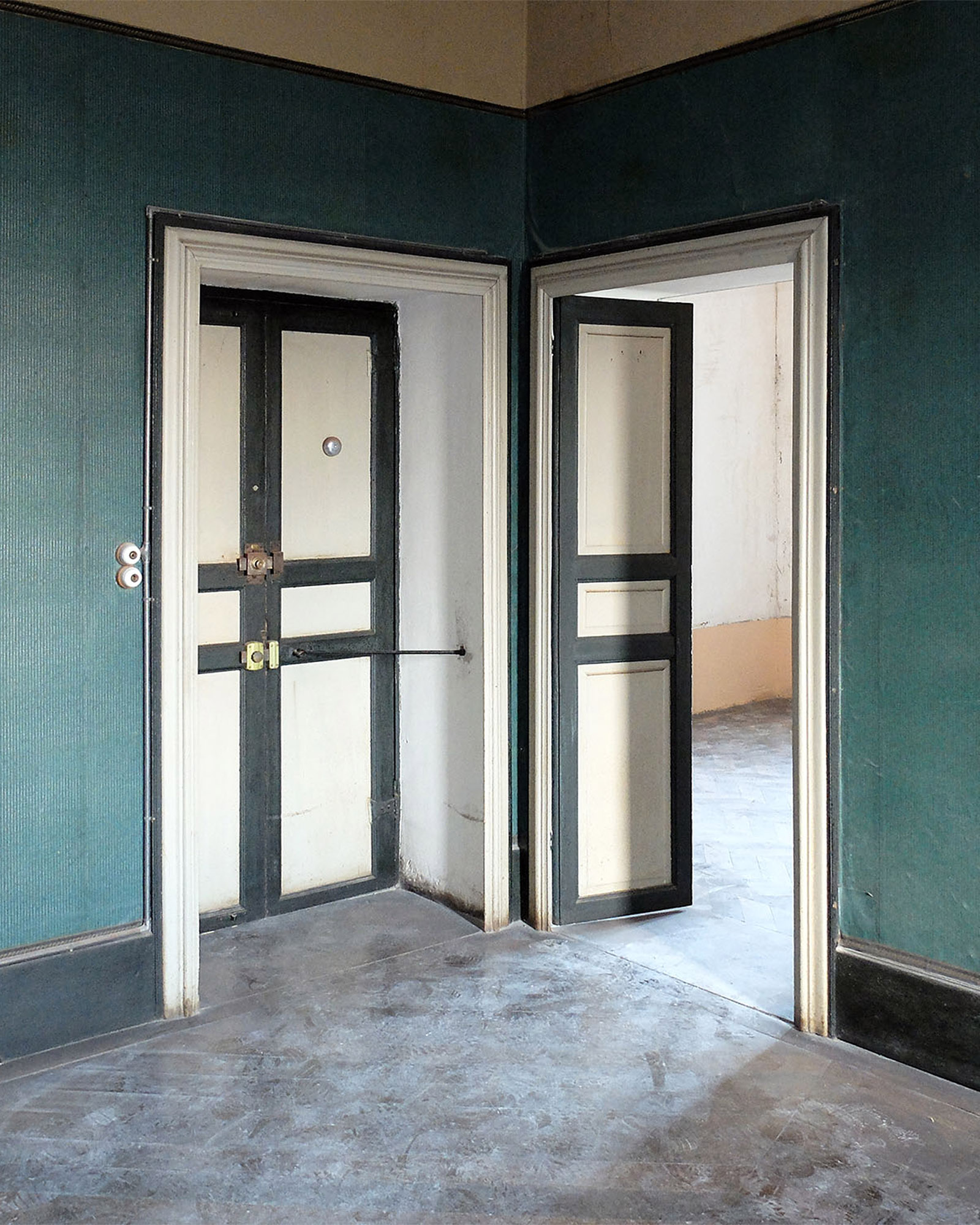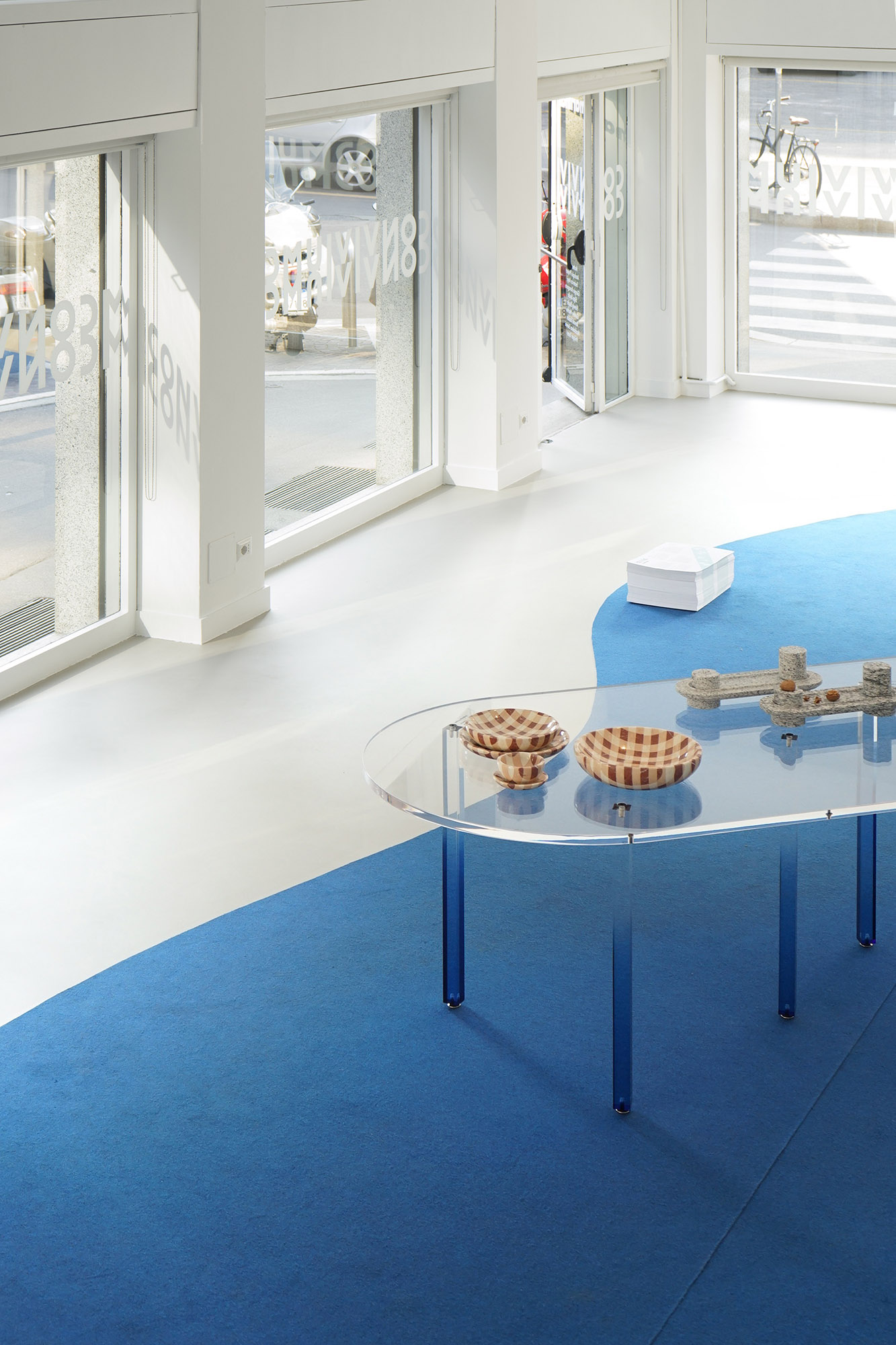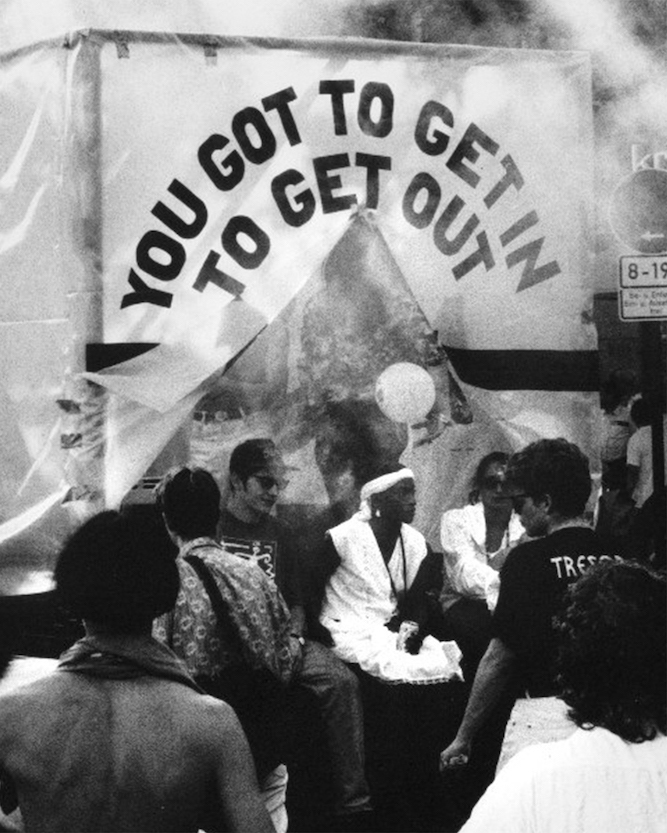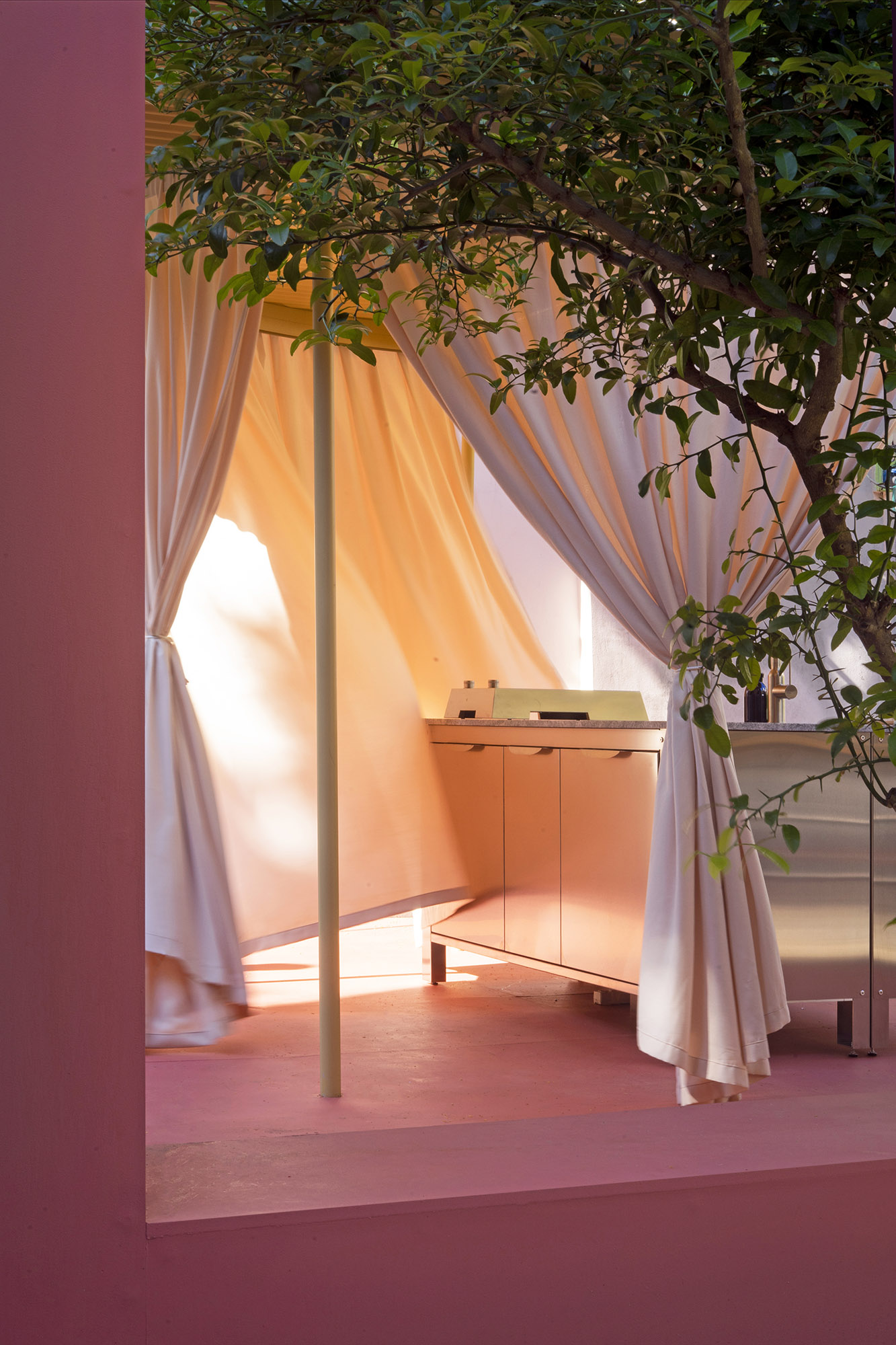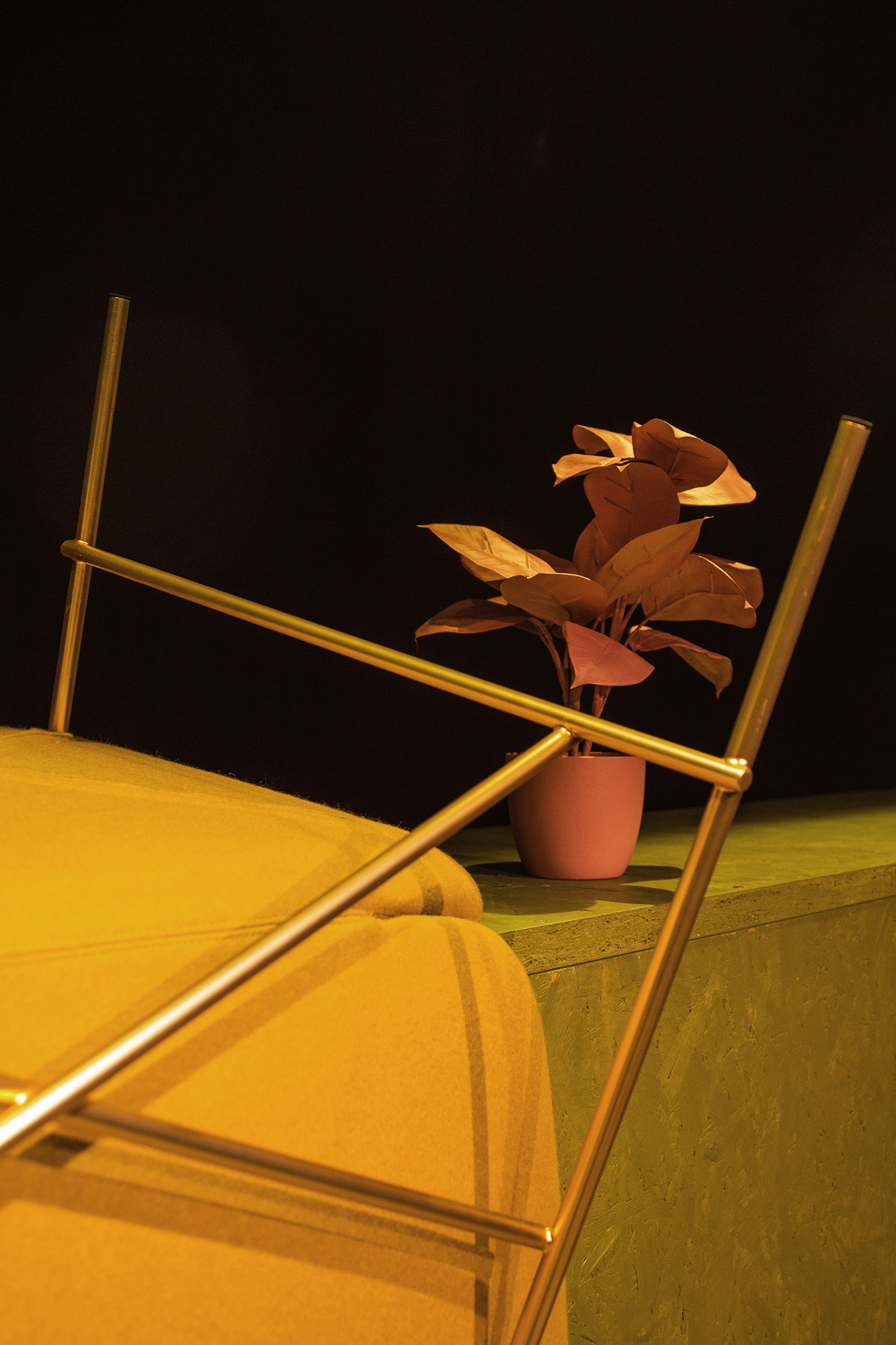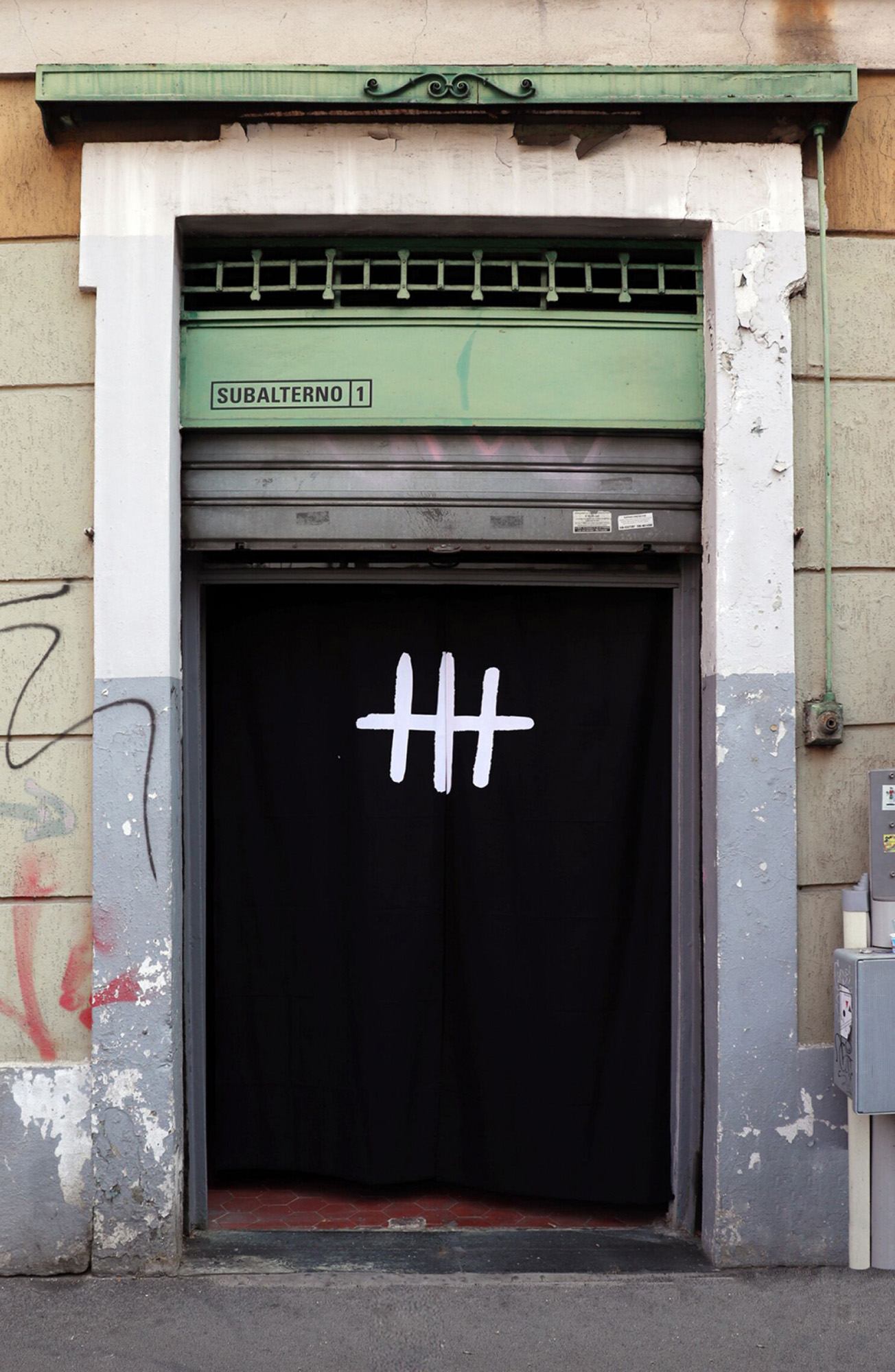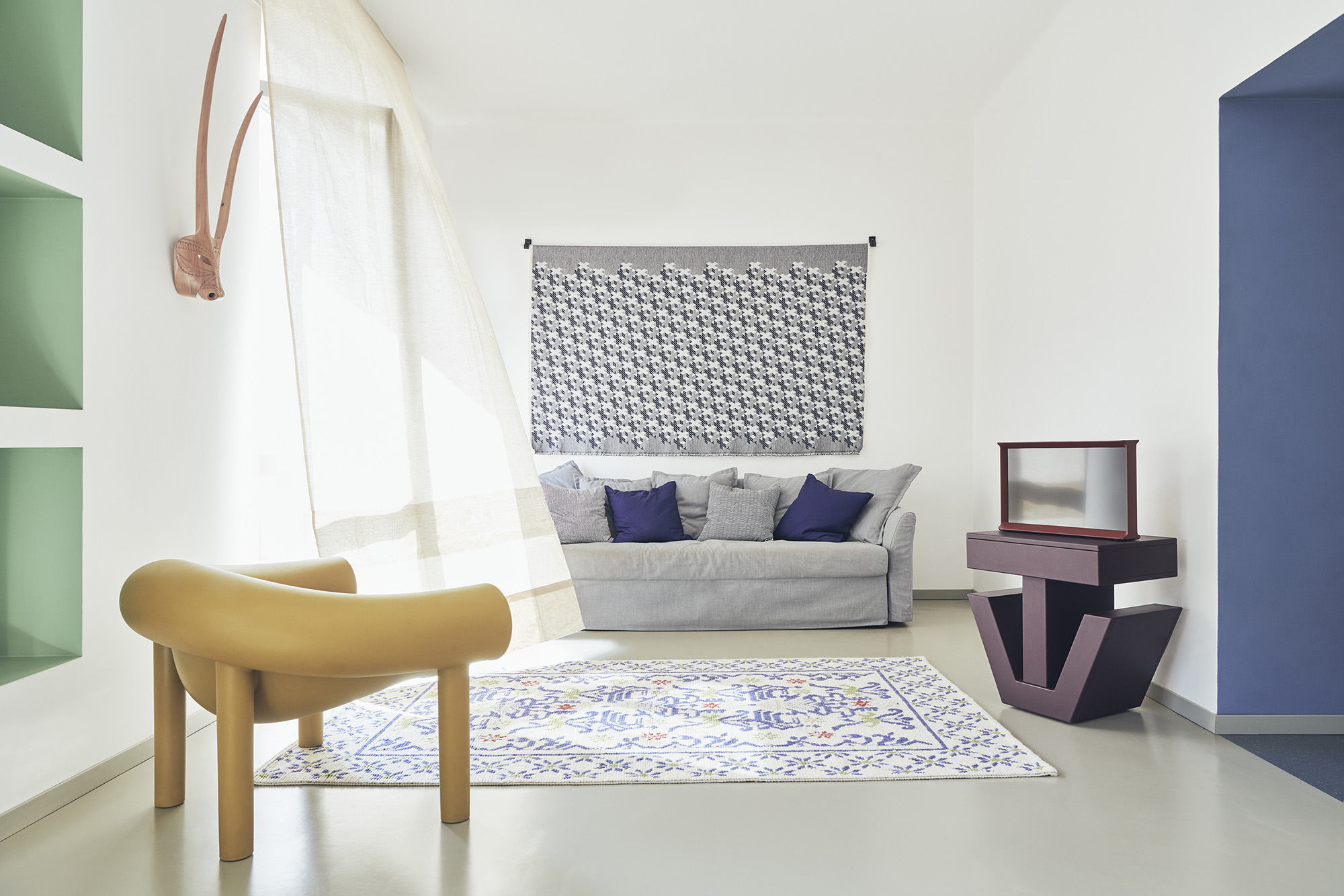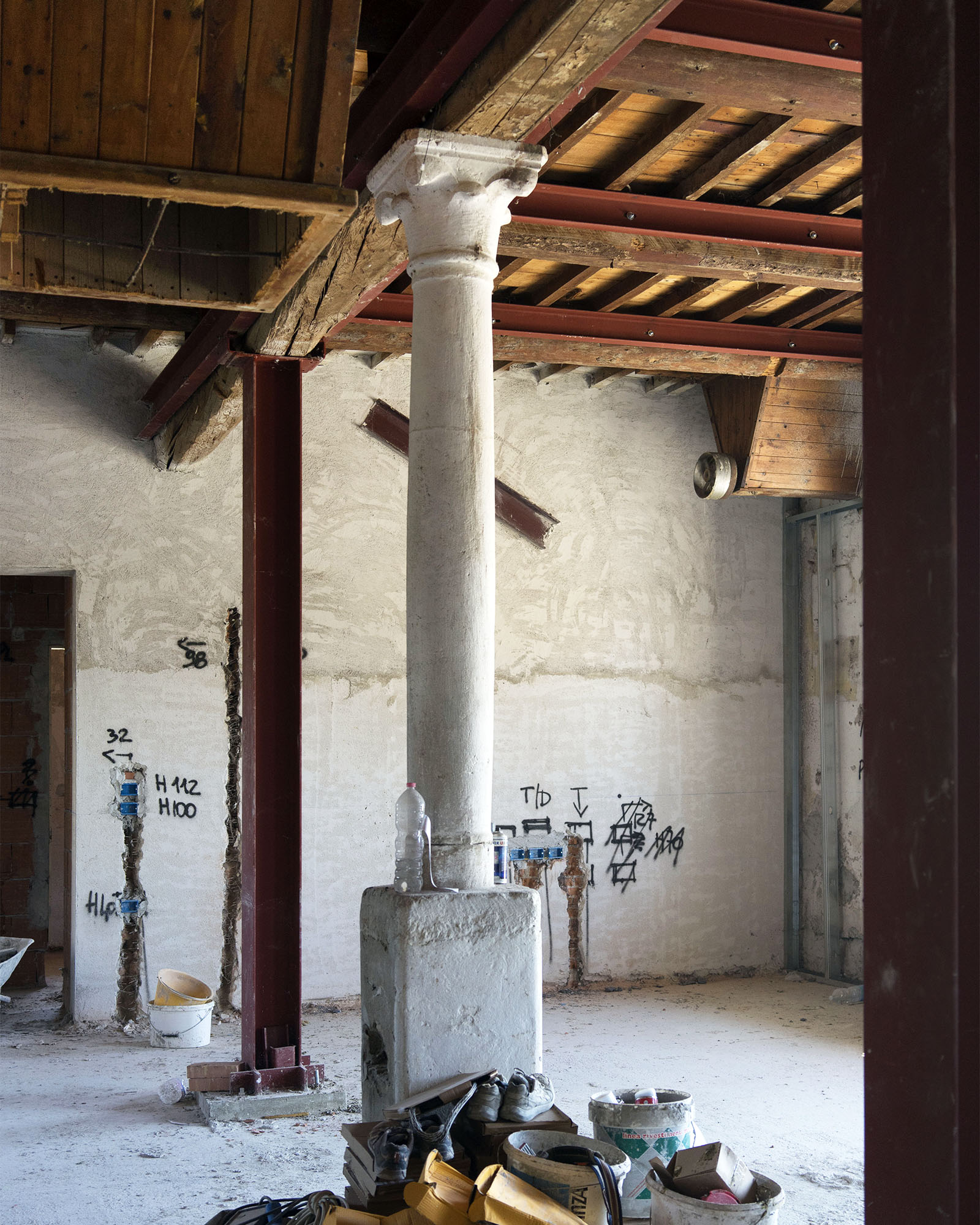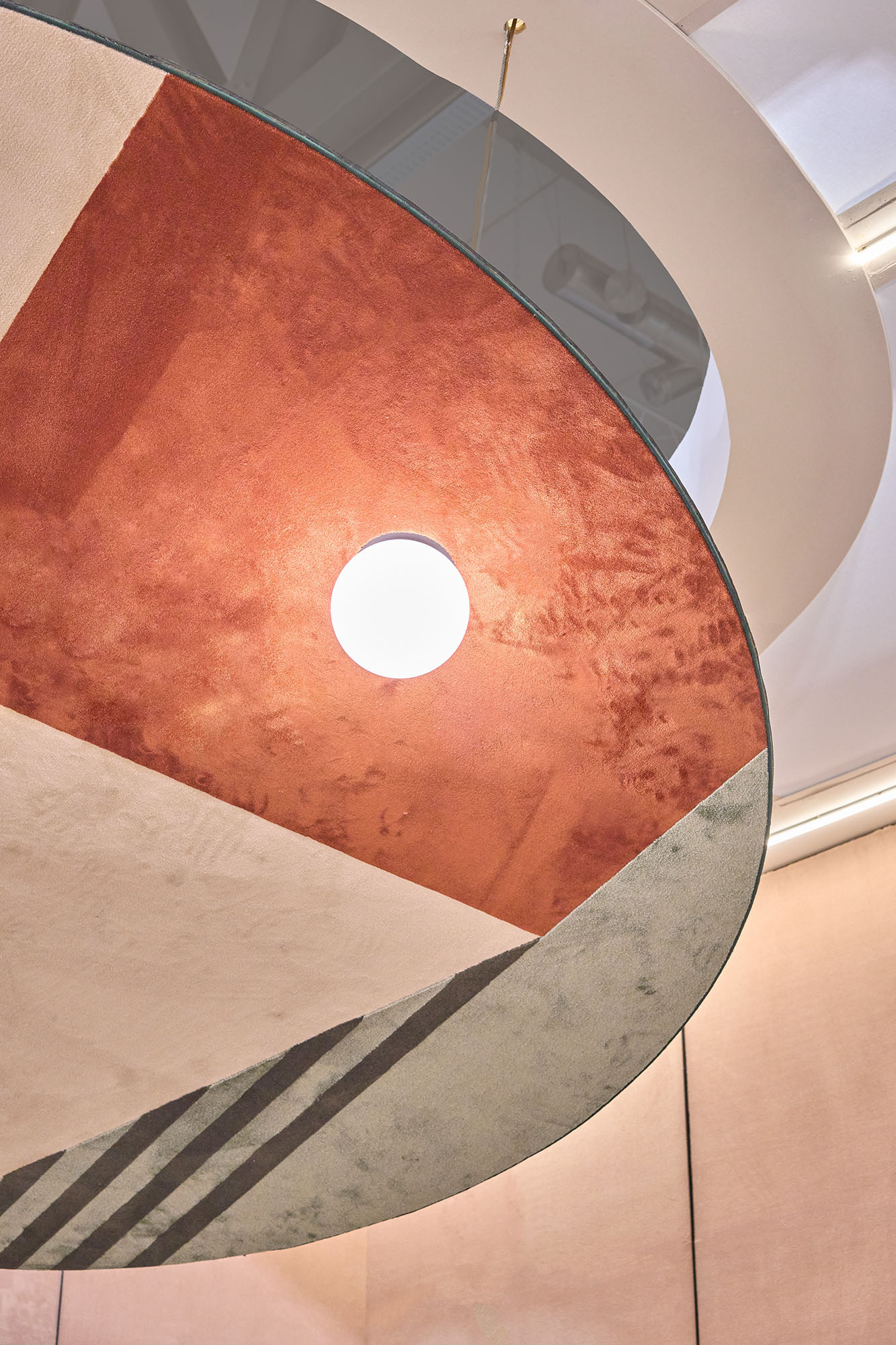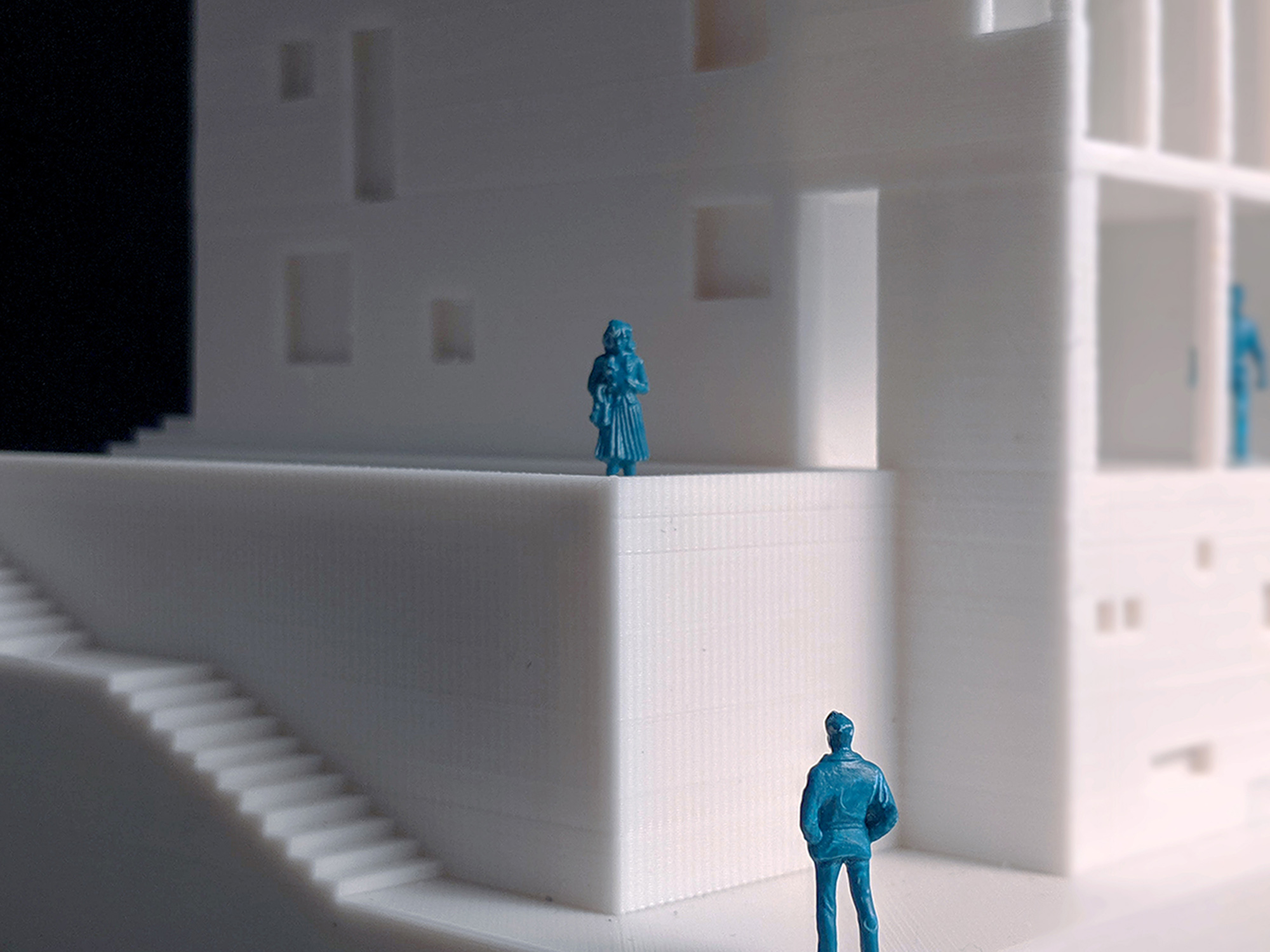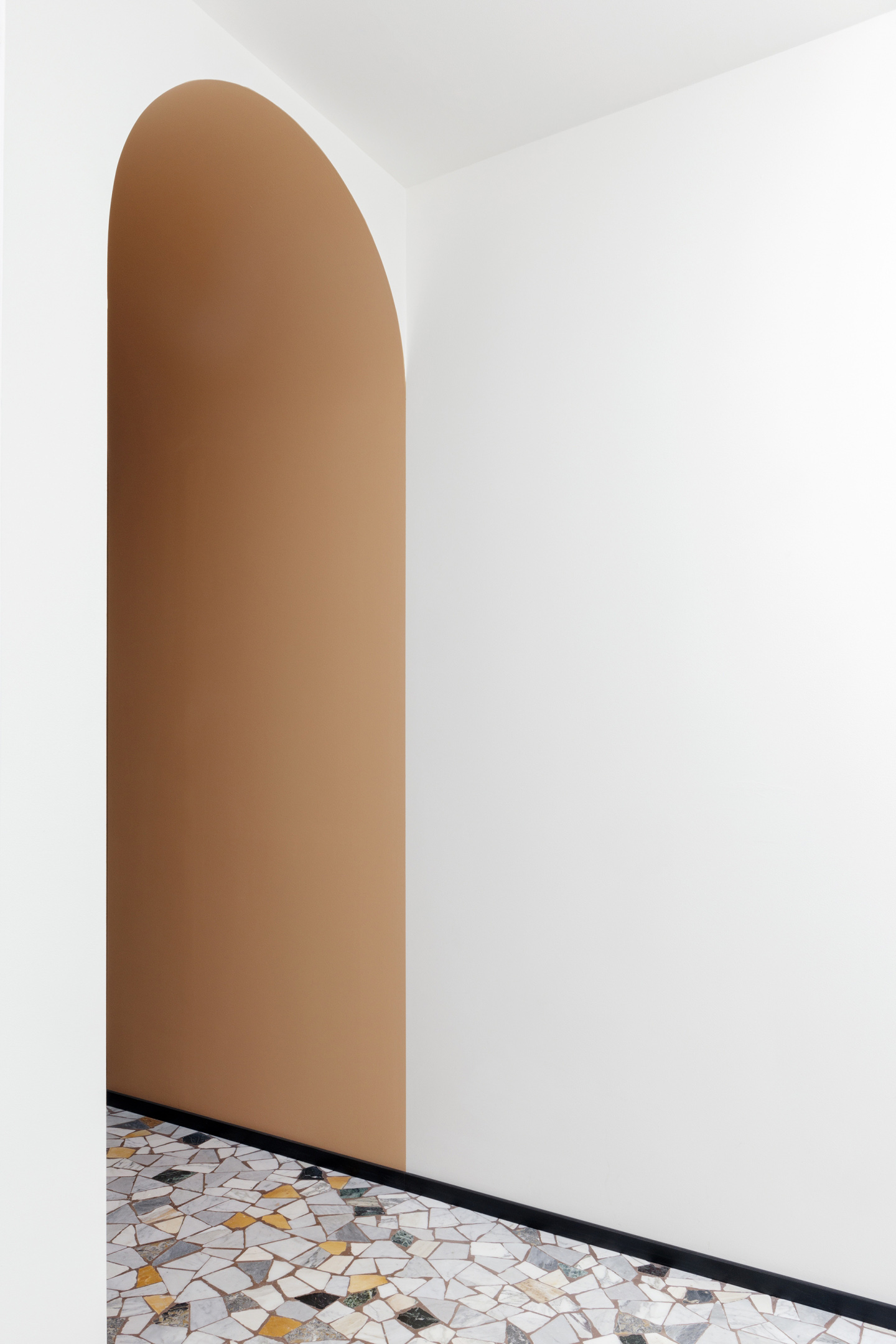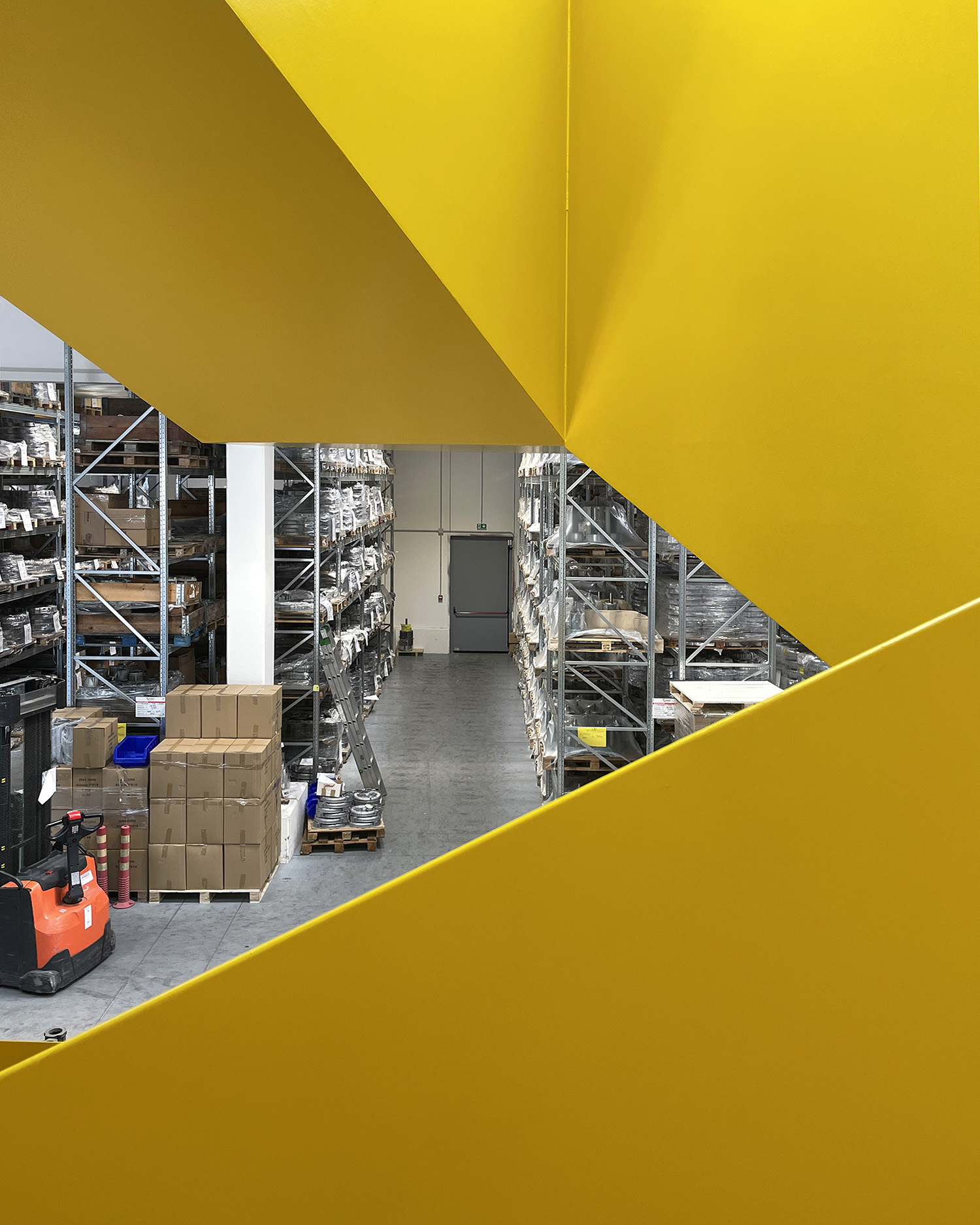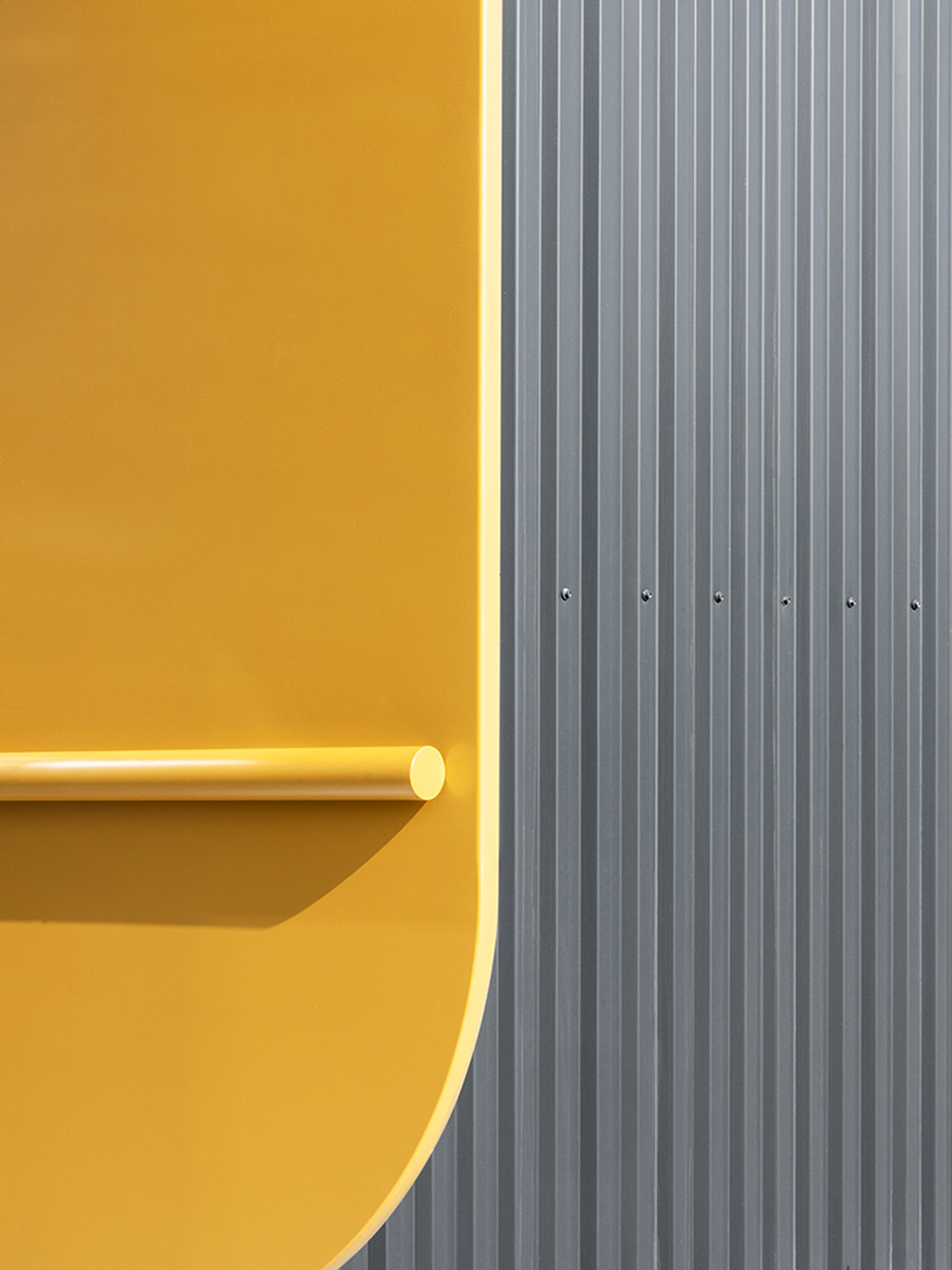
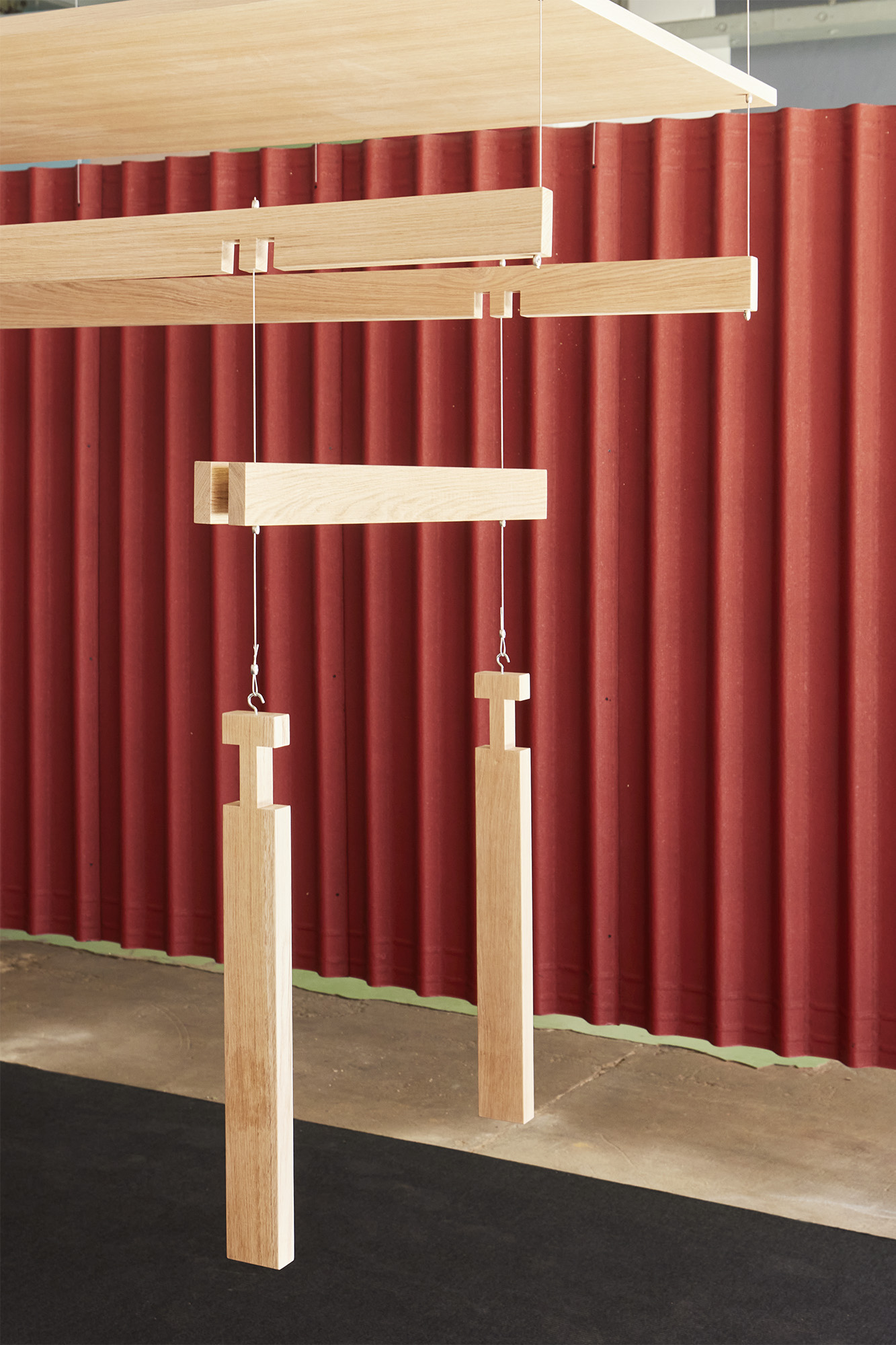
Liveinslums is an NGO that implements humanitarian projects for disadvantaged contexts in developing countries. Active since 2008 in Italy and in several countries: Kenya, Egypt, Romania, Brazil, Haiti; it focuses its efforts in the slums of megacities and fragile urban areas. Mathare is the 1.5-square-kilometer area where Liveinslums operates and is home to a growing community of 500,000 people. It is an overcrowded, unsafe and unhealthy settlement, and most homes lack water and electricity.
Liveinslums’ new project in Mathare is a civic center 1-Photo by Alessandro Treves that aims to accommodate the weaker segments of Mathare’s population by permanently housing children and women in severe emergencies. The center aims to activate workshops 2-Photo by Alessandro Treves with specific projects for job reintegration and “not formal education” paths to accompany street children toward school reintegration. In recent years, Liveinslums has involved professional figures from different disciplinary fields to ensure the design quality of the interventions.
In 2022, the NGO invited designer Giacomo Moor to design and create the furniture for the rooms in the civic center intended for the training and reception courses 3-Photo by Alessandro Treves 4-Photo by Alessandro Treves 5-Photo by Alessandro Treves. In the same year, photographers Francesco Giusti, Filippo Romano, Alessandro Treves, and Mattia Zoppellaro, in addition to supporting Liveinslums activities in the field, were teachers in the School of Curiosity project.Carried out by Perimeter magazine, it is a school of self-narration that aims to give a new voice to the youth of Mathare, and aims to teach the tools of contemporary storytelling to potential photographers and videomakers residing in the neighborhood.
(Silvia Orazi)
The furniture designed by Giacomo Moor
Making the research of Liveinslums and the work of Giacomo Moor visible through an exhibition stems from the awareness that the design of a furniture family can be a vector of change. Conveying design quality within one’s spaces expresses that primary value (ethical and aesthetic) of which design has always been the bearer and which in contexts such as these seems to require even greater care. A bench, a table and a bed are signs almost similar to those of the foundation of a city because they describe how a community has decided to bind itself to the place and how it has decided to structure its relationships. In this case, the formal simplification of the furniture designed by Giacomo Moor does not have value as an “exercise in subtraction” but, on the contrary, amplifies the potential for use through a reduction in complexity of construction and material logic.
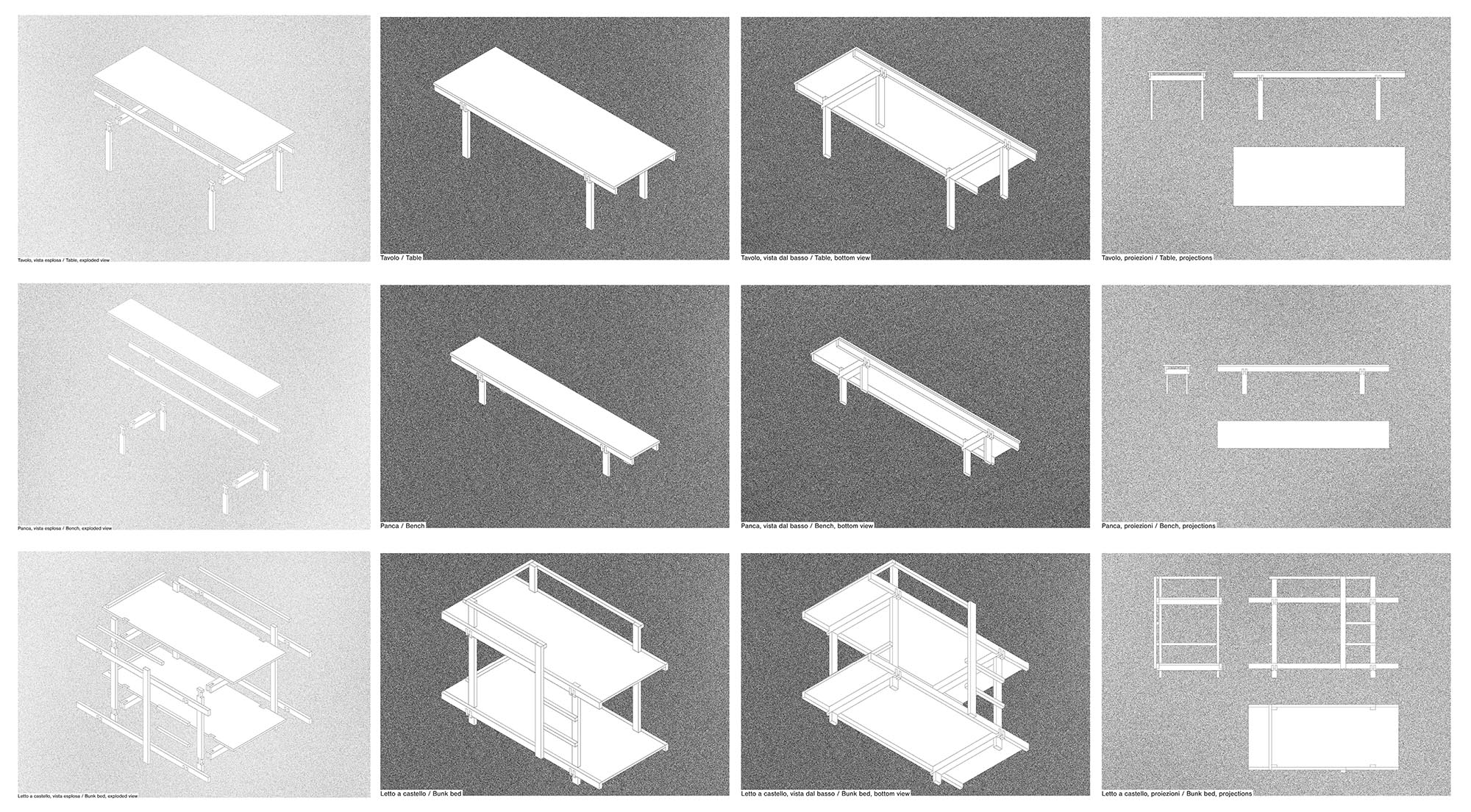
“The geometry of the joints on solid wood, sharp and orthogonal, allows for handcrafting without complex machinery: chisel, square and pencil are the only tools essential to the making of the pieces.
The cross-section of the components also follows a logic of repetition that recurs on legs, stringers and chains, allowing the possibility of error to be minimized and trying to optimize the process”
(Giacomo Moor)
But most importantly, it rewrites that principle of adaptability that a piece of furniture should have everywhere and that here seems to be an unavoidable necessity. Furniture as a symbol of community living, as meeting places, devices that can join, replicate and change in a potentially infinite logic, where pieces are infinitely replaceable reminding us that the life cycle of a piece of furniture never ends, especially in contexts like this. Contexts where living is still the most mysterious function there is, where material and immaterial orography of relationships capable of producing powerful images is built.
4 photographers’ narrative
Precisely for this reason, we thought of making Mathare and its complexity of relationships visible through the narrative of four exceptional photographers: Francesco Giusti, Filippo Romano, Alessandro Treves and Mattia Zoppellaro. Their photos do not require a gender demarcation other than to represent a mosaic of emotions and ambiguities of a country that with its human charge has no boundaries. Each photographer, with his or her own stylistic signature has interpreted places, atmospheres, architecture and characters, bearers of a rich but elusive sense of community. Abandoning the purely documentary aspect, the details, materials, expressions and colors that belong to the slum, seem to encapsulate a potential energy superior to their material reality. And in this reading, both analytical and emotional, Mathare seems to take shape beyond the instant of the shot to reinsert itself into a larger rhythm that transcends the photographer’s gaze and gets straight to its essence.
“For the past 12 years I have been trying to understand how a slum works, in relation to the African city in which it is located, 12 years in which I have seen people either enfranchise themselves from extreme poverty or collapse in the face of the struggle to survive.
This series of images is about temporary urban spaces, housing density, and the identity of individuals. Too often I have seen slums defined by stereotypes, figures, and percentages that have not translated into real and effective interventions. The only thing I can in this regard is first of all to be a witness.” 6-Photo by Filippo Romano 7-Photo by Filippo Romano
(Filippo Romano)
“Everything holds the scale of emotions, from love to hate, there is nothing that is not looked at, touched, moved and put back in its new place. Everything dies if it is not looked at, and in Mathare everything is alive. Caring for the little brings the sacred into the everyday.”
(Alessandro Treves)
“Pungent smells waft out of shacks decked out in hysterical illustrations of incoherent colors, in an atmosphere bathed in the deafening Swahili chants of people moving frantically along Mau Mau road on Saturday afternoons. Mathare is an overdose that fills your eyes and cleanses your heart.” 8-Photo by Mattia Zoppellaro 9-Photo by Mattia Zoppellaro
(Mattia Zoppellaro)
“Sunday is a special day in Mathare. The pace of the slum slows down, people are more relaxed. The best clothes are put on and shoes are polished for the occasion. Churches and monasteries spring up on every street corner, in small and large tin shacks converted for the occasion. Choral singing, prayers shouted over the megaphone, and dancing go on late into the evening in collective euphoria. Tomorrow the daily struggle for survival begins again, but today time seems suspended.
Sunday is a special day in Mathare.” 10-Photo by Francesco Giusti 11-Photo by Francesco Giusti
(Francesco Giusti)
The exhibition
The project stems from the desire to minimize the expense of setting up without losing the power of an intense and complex narrative. The space consists of a large central axis generated by the repetition of tables and benches designed by Giacomo Moor for Liveinslums 12-Photo by Omar Sartor, furniture whose proceeds from the sale directly support the NGO. A large longitudinal sign runs through Sala Roland (the exhibition space) and represents the archetype of “conviviality” and “community,” bringing back to domestic use the exhibition space that has hosted workshops, dinner events and educational activities 13-Photo by DFC Studio. The “sign” ends with an exploded view of the table demonstrating its lightness and simplicity of assembly. 14-Photo by Omar Sartor
In the aisles are distributed the bunk beds 15-Photo by Omar Sartor 16-Photo by Omar Sartor and slender metal structures 17-Photo by Omar Sartor on which hang the stories of the four photographers printed on blue back: a special paper support used for advertising posters that can support large formats at low cost. A lightweight paper that vibrates, mutates and it’s affected by the passage of visitors and natural light, making these large-format images come alive, bringing the colors and scenes of the Mathare slum into an ephemeral but present dimension.
Giacomo Moor for LiveinSlums
Photographic projects by Francesco Giusti, Filippo Romano, Alessandro Treves, Mattia Zoppellaro
Curated by Davide Fabio Colaci in collaboration with Federica Sala, from a LiveinSlums' project
